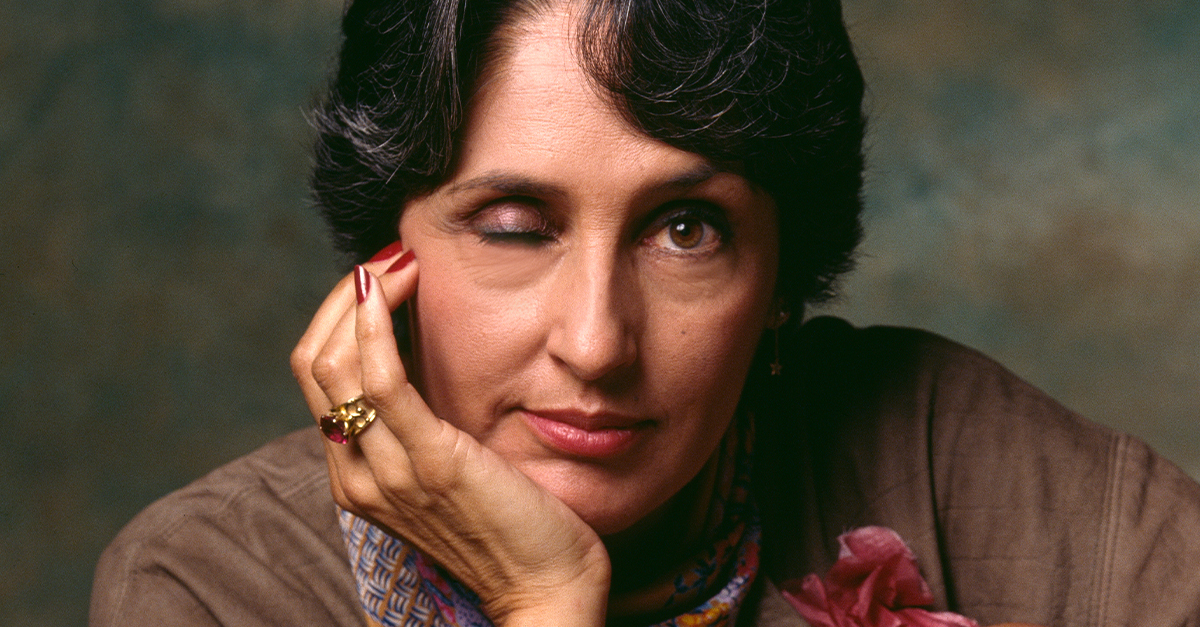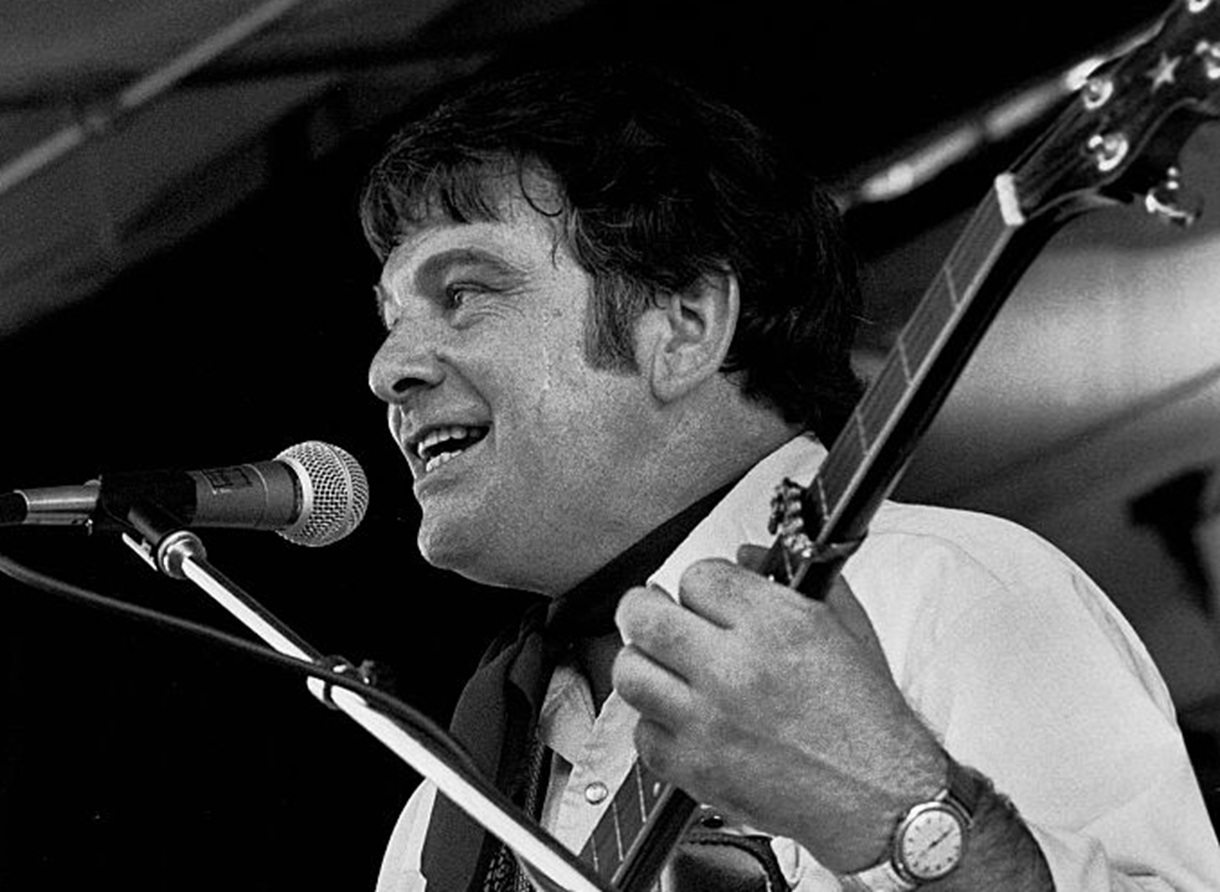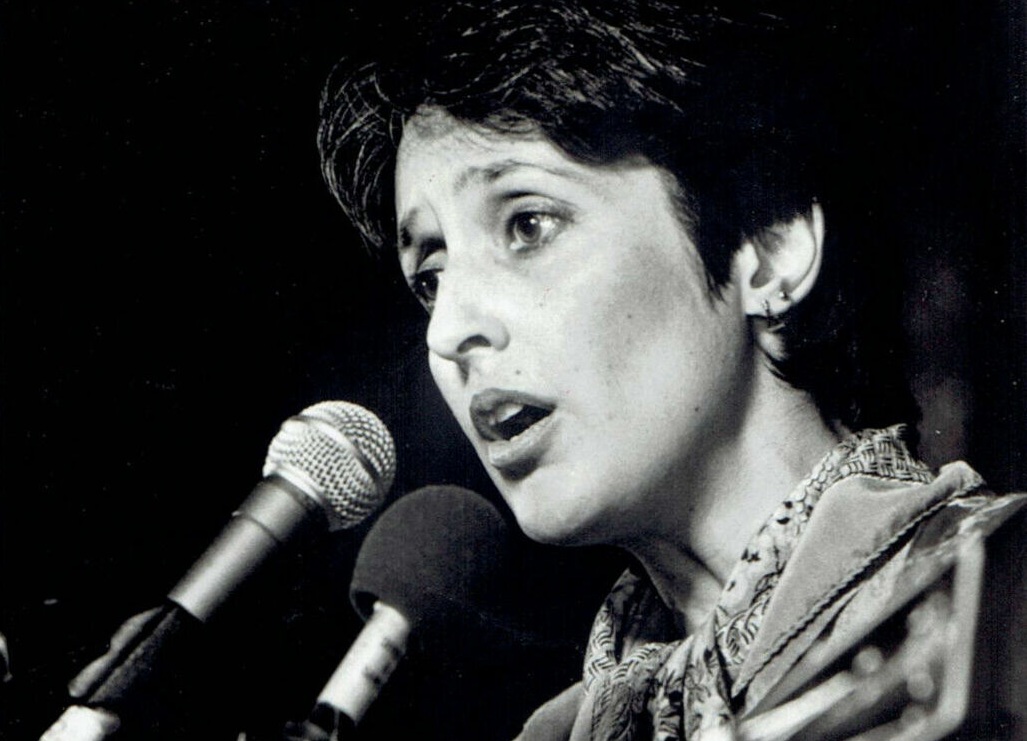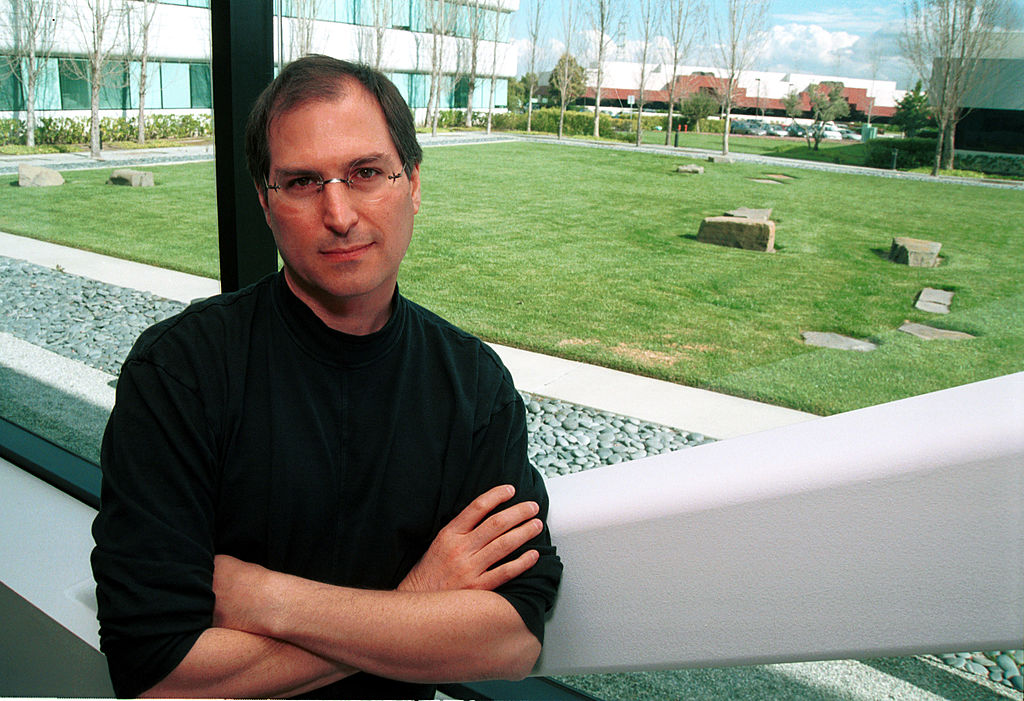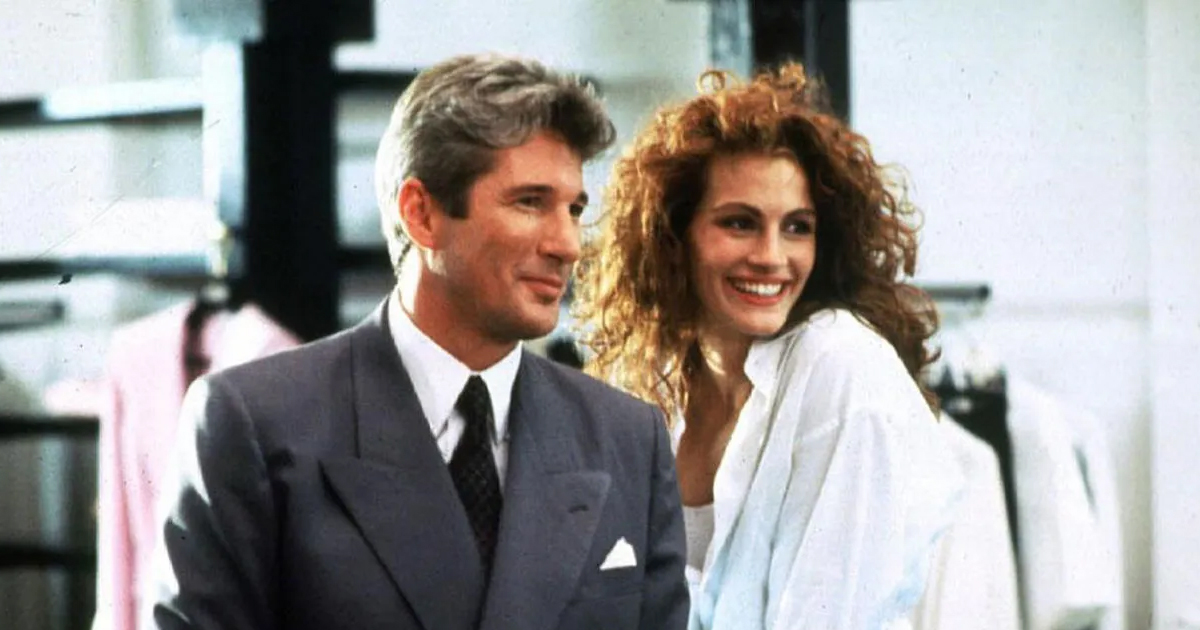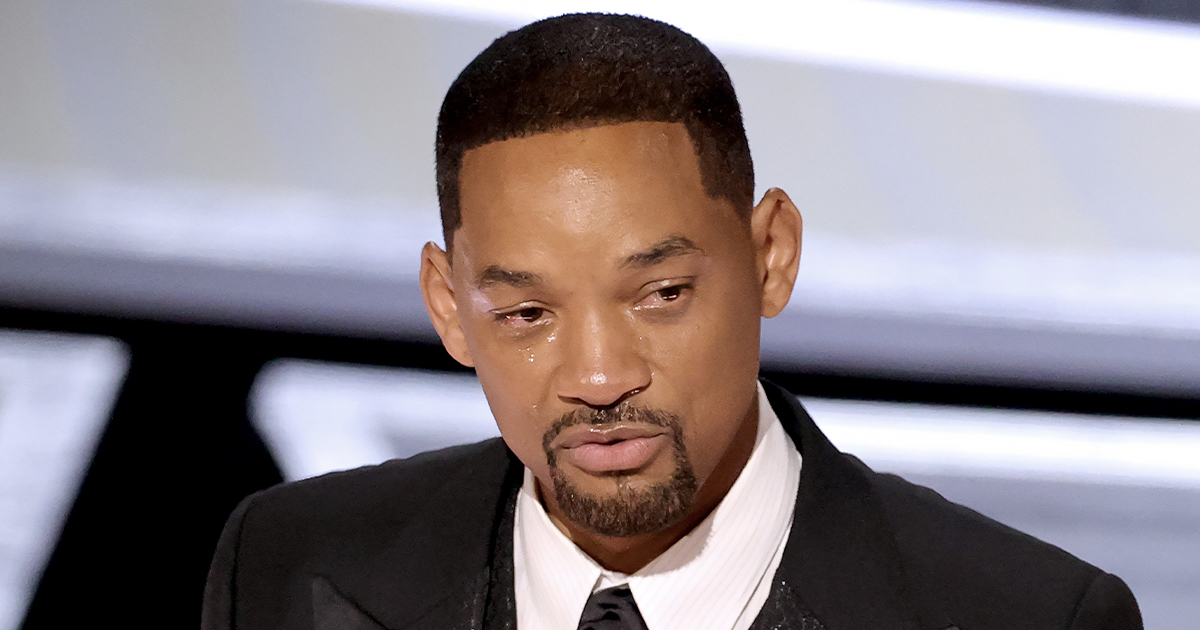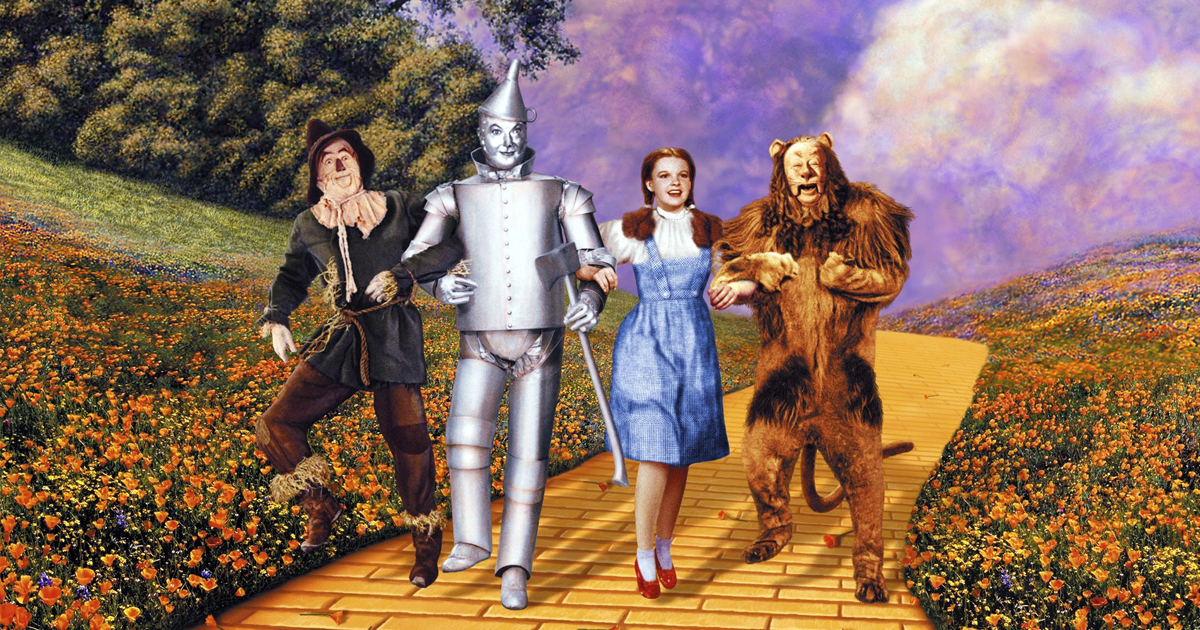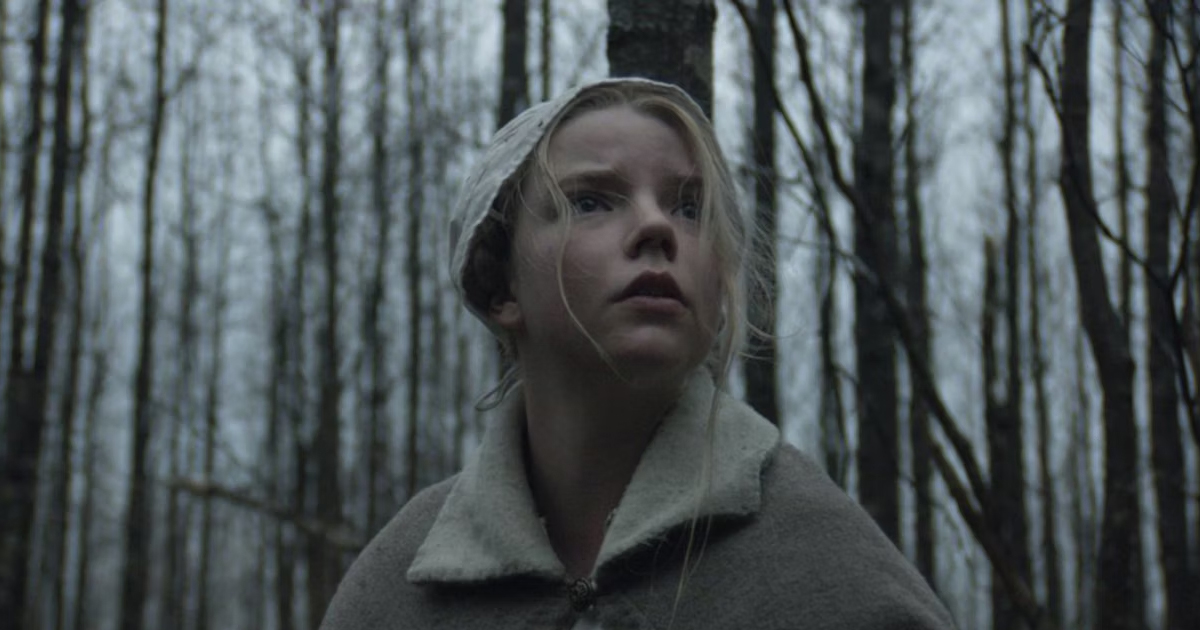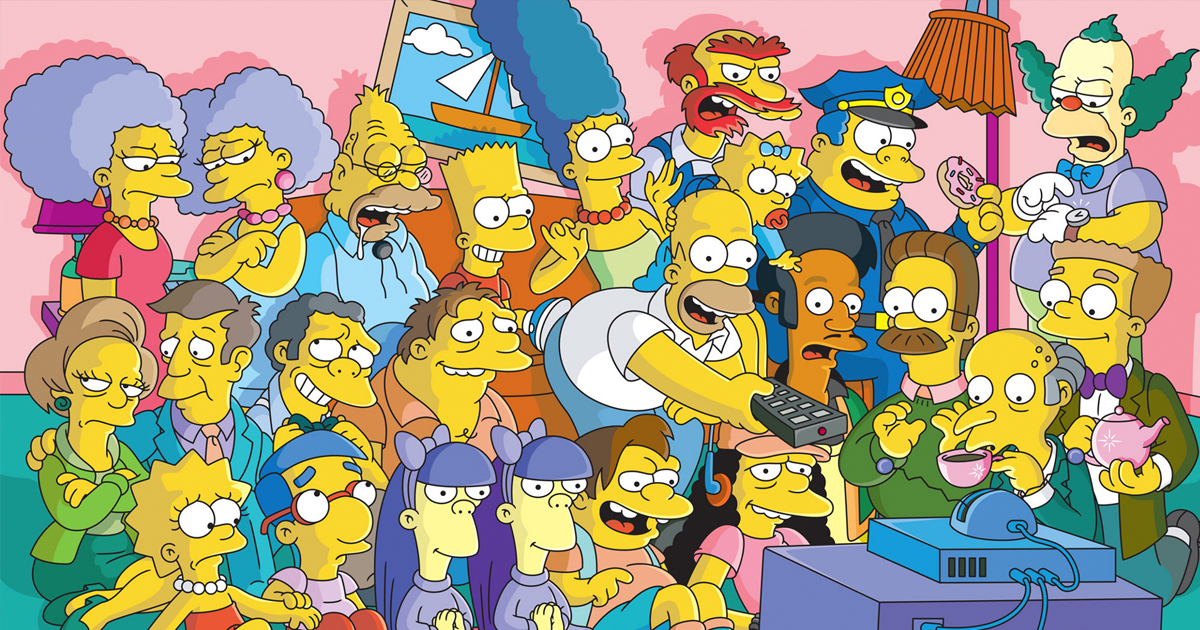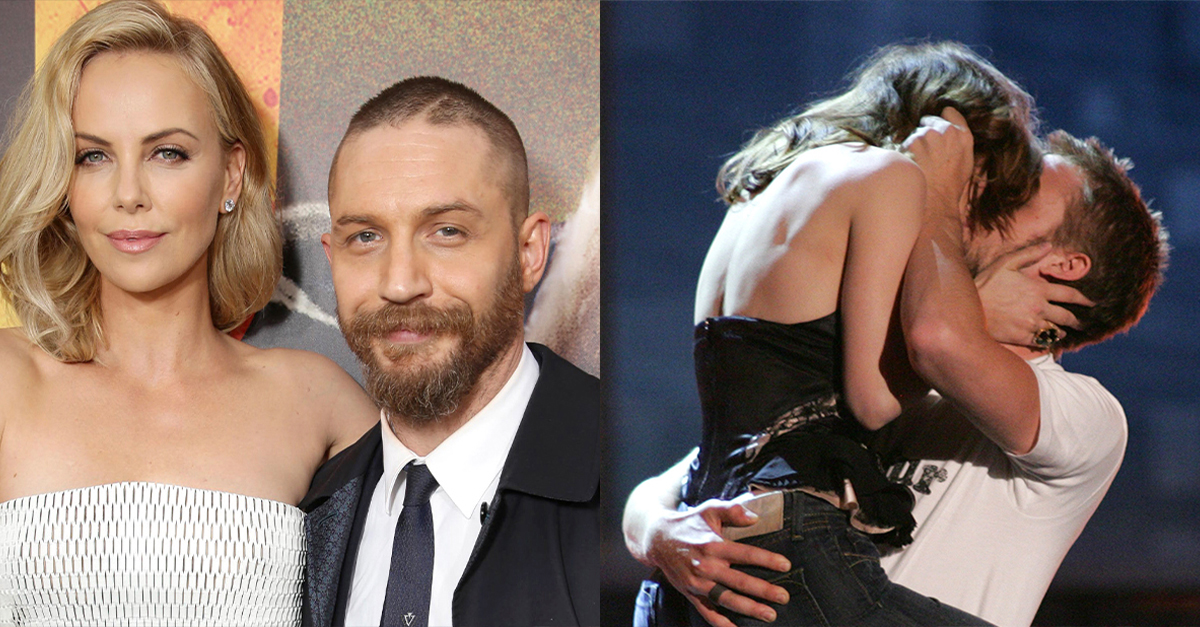Is There Anything Joan Baez Can't Do?
Some may say that folk singer Joan Baez is a woman who “doth protest too much”. She has, after all, gotten herself involved in almost every conflict in the last half-century. But Baez is the real deal, as she has bravely gone to prison and visited dangerous, war-torn countries—all in the name of making the world a better place.
Oh yeah, she also has the voice of an angel.

1. She Was Surrounded By Religion And Science
Joan Baez was born on January 9, 1941, in Staten Island, New York. She had a priest and a minister as grandfathers, and her father was a scientist who co-invented the X-ray microscope. With so much science and religion in the Baez household, it’s a surprise that Baez would eventually find her way to a career in music.
But before music, there was something else that caught Baez’s attention.
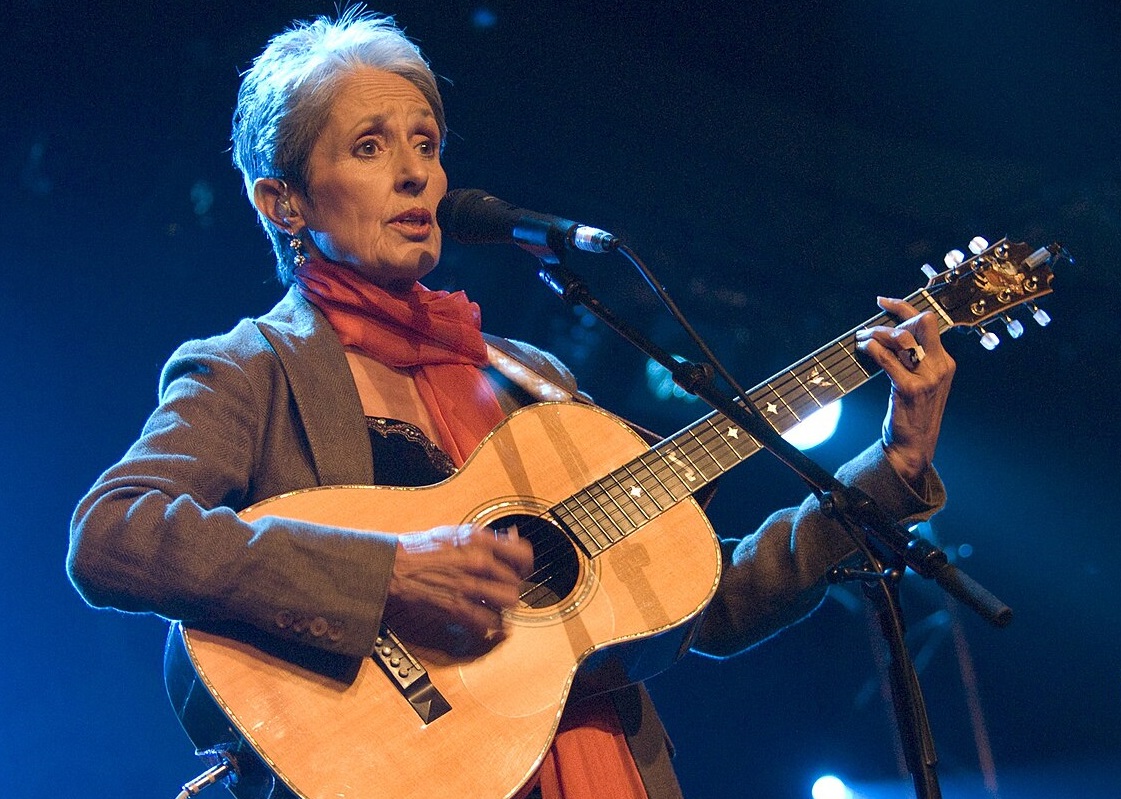 Bryan Ledgard, CC BY 2.0, Wikimedia Commons
Bryan Ledgard, CC BY 2.0, Wikimedia Commons
2. She Faced Prejudice
At this time in US history, having a Mexican background presented certain problems. There was a lot of prejudice, and this angered Baez and her family. When the Baez family became Quakers, they were even more conscious of social problems. You see, Quakers is a religious group that focuses on three things: equal treatment for all people, always telling the truth, and pacifism.
Baez was getting ready to fight the good fight.
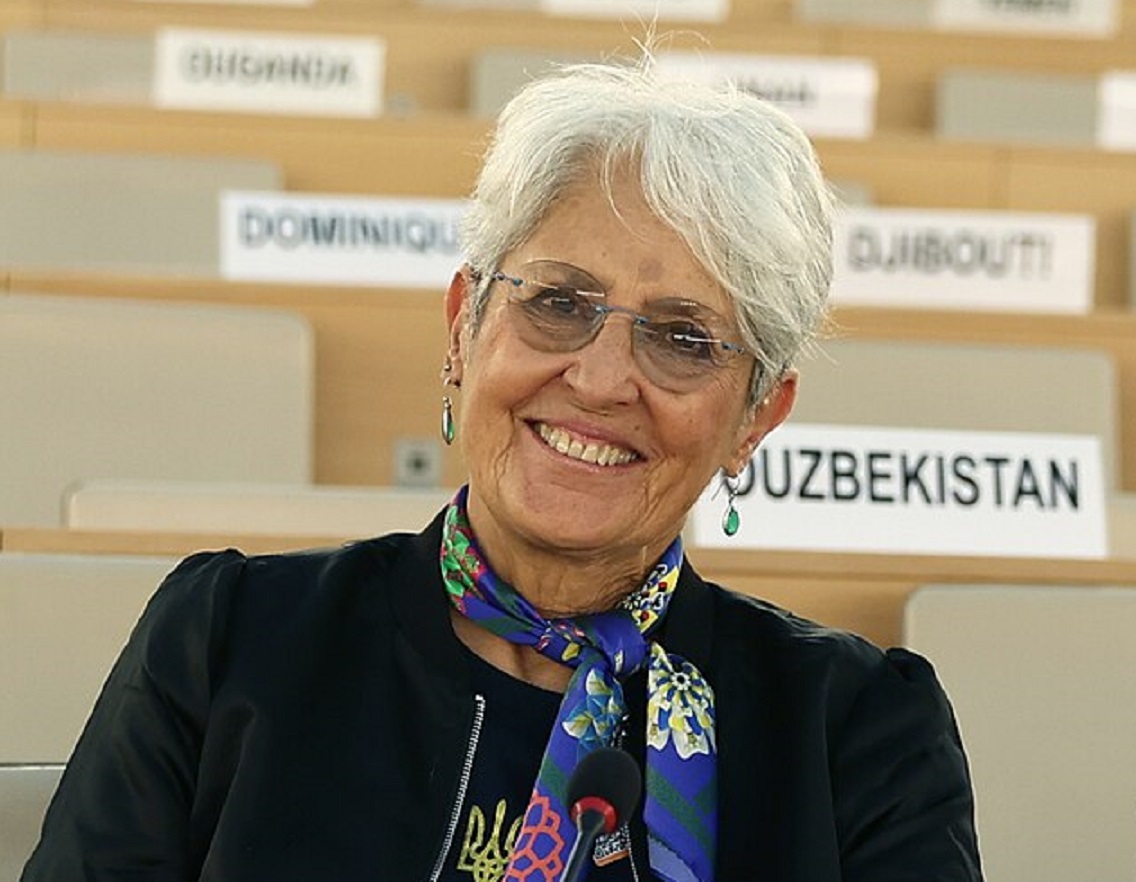 US Mission Geneva, CC BY 2.0, Wikimedia Commons
US Mission Geneva, CC BY 2.0, Wikimedia Commons
3. She Stayed Seated
While in high school in California, Baez found one of her first acts of protest. While in her Palo Alto High School classroom, there was an air raid drill. Of course, the instruction was to leave the school as quickly as possible. Baez didn’t move quickly—in fact, she didn’t move at all. Baez was disturbing the order of things, and now it was time to discover music.
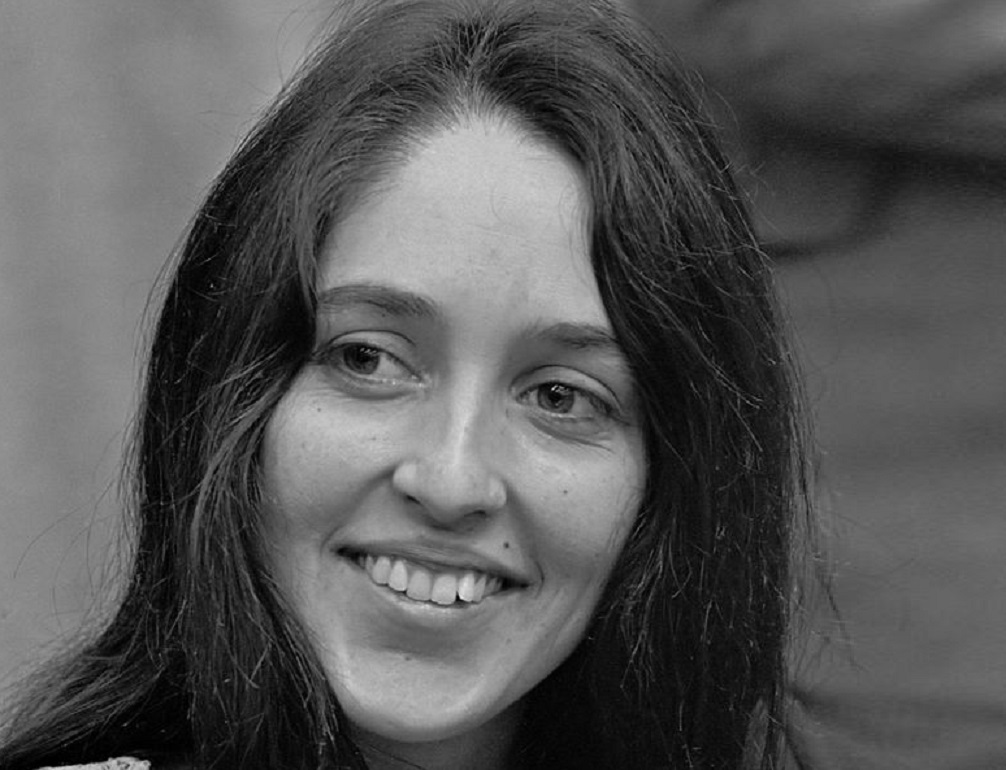 Ron Kroon / Anefo, Wikimedia Commons
Ron Kroon / Anefo, Wikimedia Commons
4. She Learned Only Four Chords
Baez found music early in her life—and it came in the form of a physical gift. A family friend presented her with a ukulele. Baez quickly learned four chords and then stopped. Those four chords were all she needed to play the music of her choice: rhythm and blues. But there was opposition from an unlikely place.
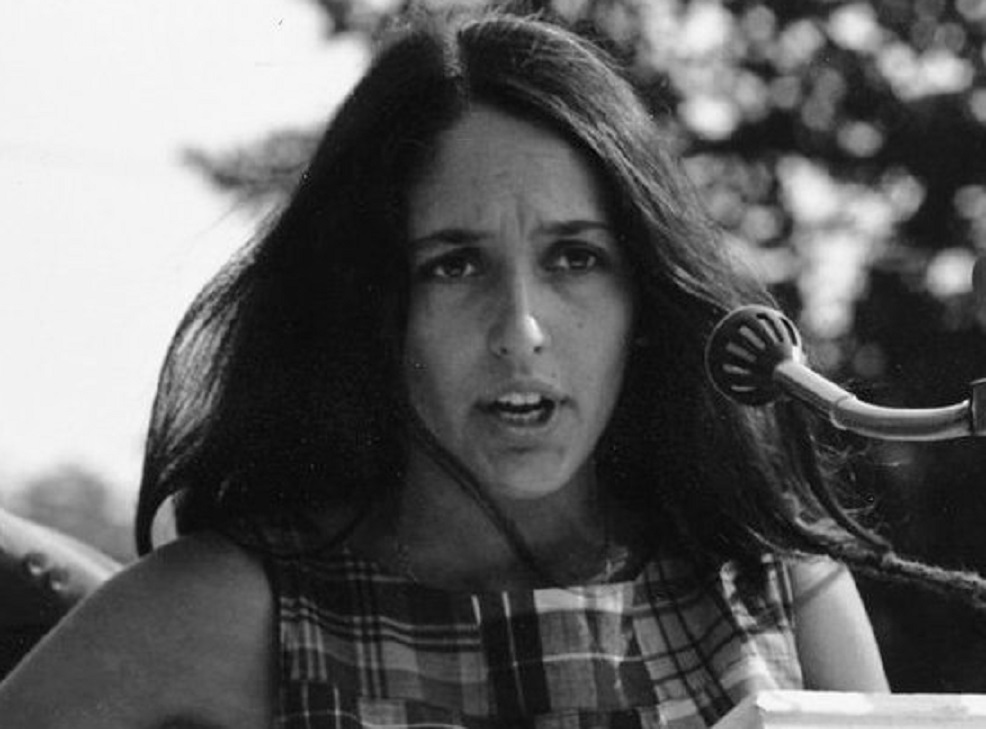 Information Agency, Malik Shabazz, Wikimedia Commons
Information Agency, Malik Shabazz, Wikimedia Commons
5. Her Parents Worried About Her
Baez’s parents were all in when it came to her playing music. What they worried about was the scene that came with being a musician. They were well aware of the drug culture that had its claws in the music industry. However, her parents' fear wasn't enough to derail her dreams, especially after she met one very inspiring person.
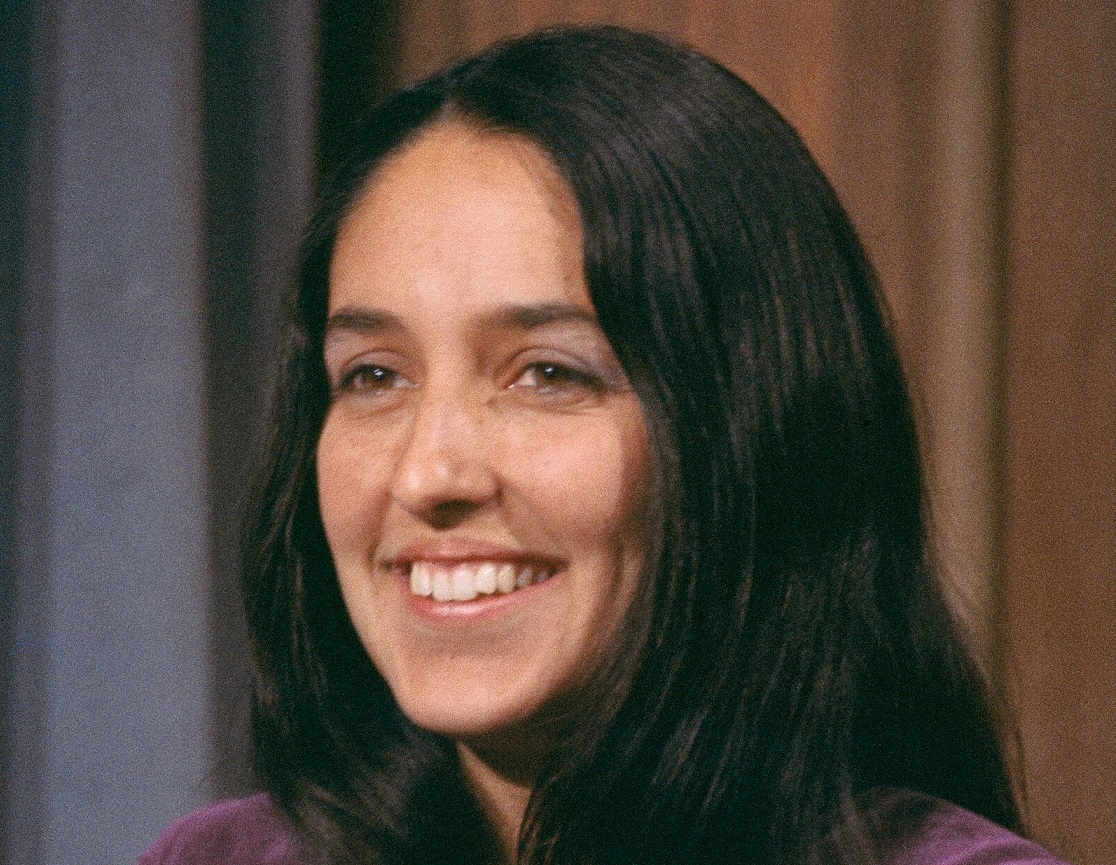 Bernard Gotfryd, Wikimedia Commons
Bernard Gotfryd, Wikimedia Commons
6. She Witnessed A Music Icon In Action
Baez’s aunt saw how music inspired her niece. When Baez was barely a teenager, she took her to a concert by activist and singer Pete Seeger. This was all Baez needed. She knew that was what was in her future, and she went for it. Not long after Baez finished high school, her father got a job offer that would send the family clear across the country.
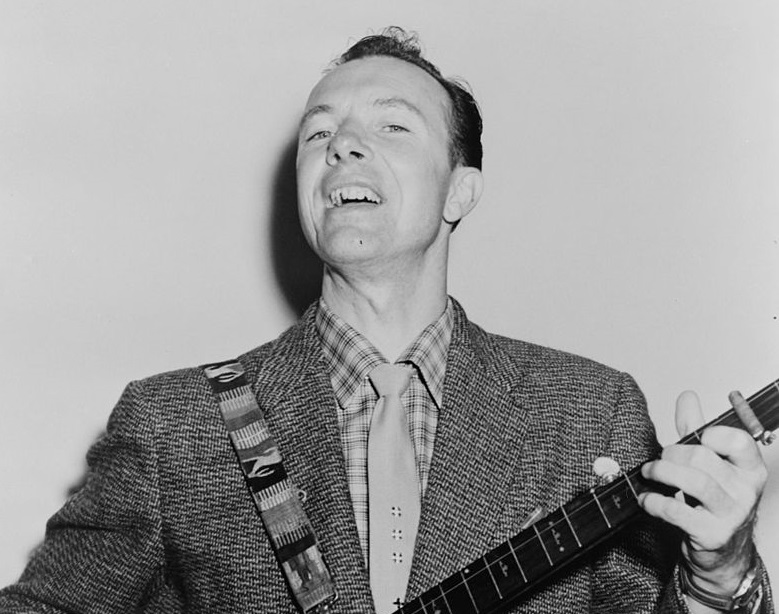 Fred Palumbo, Wikimedia Commons
Fred Palumbo, Wikimedia Commons
7. She Made A Huge Move
In 1958, Baez’s father received an offer to teach at MIT. This meant Baez had to leave hippie-dippie California, where she was coming into music. But there was a silver lining here. MIT is in Boston, which was, at this time, the center of the folk music scene. Baez arrived ready to dive into performing. However, she didn’t have the most promising start.
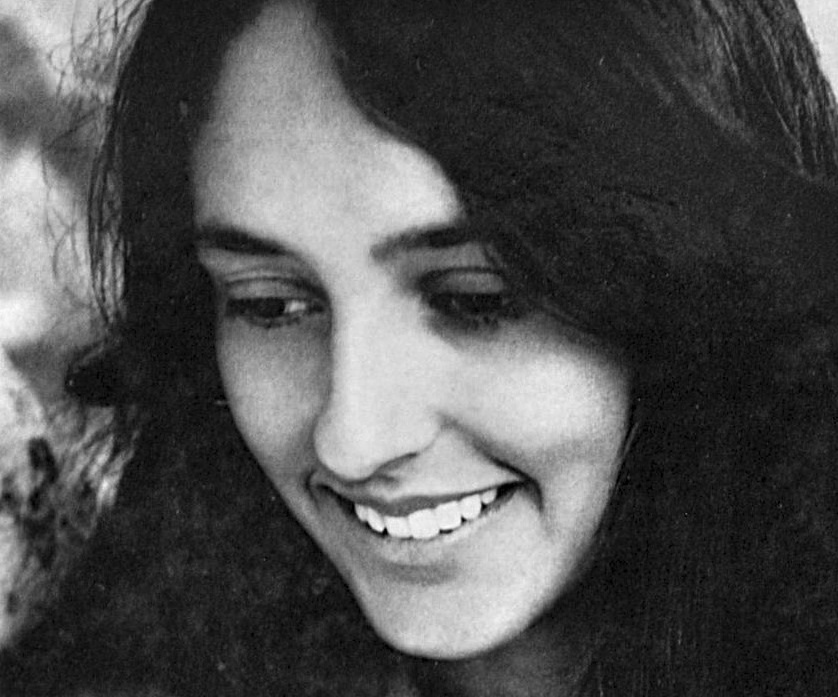 Press photo, Wikimedia Commons
Press photo, Wikimedia Commons
8. It Was A Cozy Crowd
Once in Boston, Baez got her first gig at a place called Club 47. Her inaugural concert was in front of just eight people. They were her parents, sister, boyfriend, and a smattering of friends. The fee she collected for the performance was just ten dollars. Somehow, this turned into a twice-weekly gig that paid her $25 a night.
It was certainly a slow start, but she was meeting the people she needed to meet.
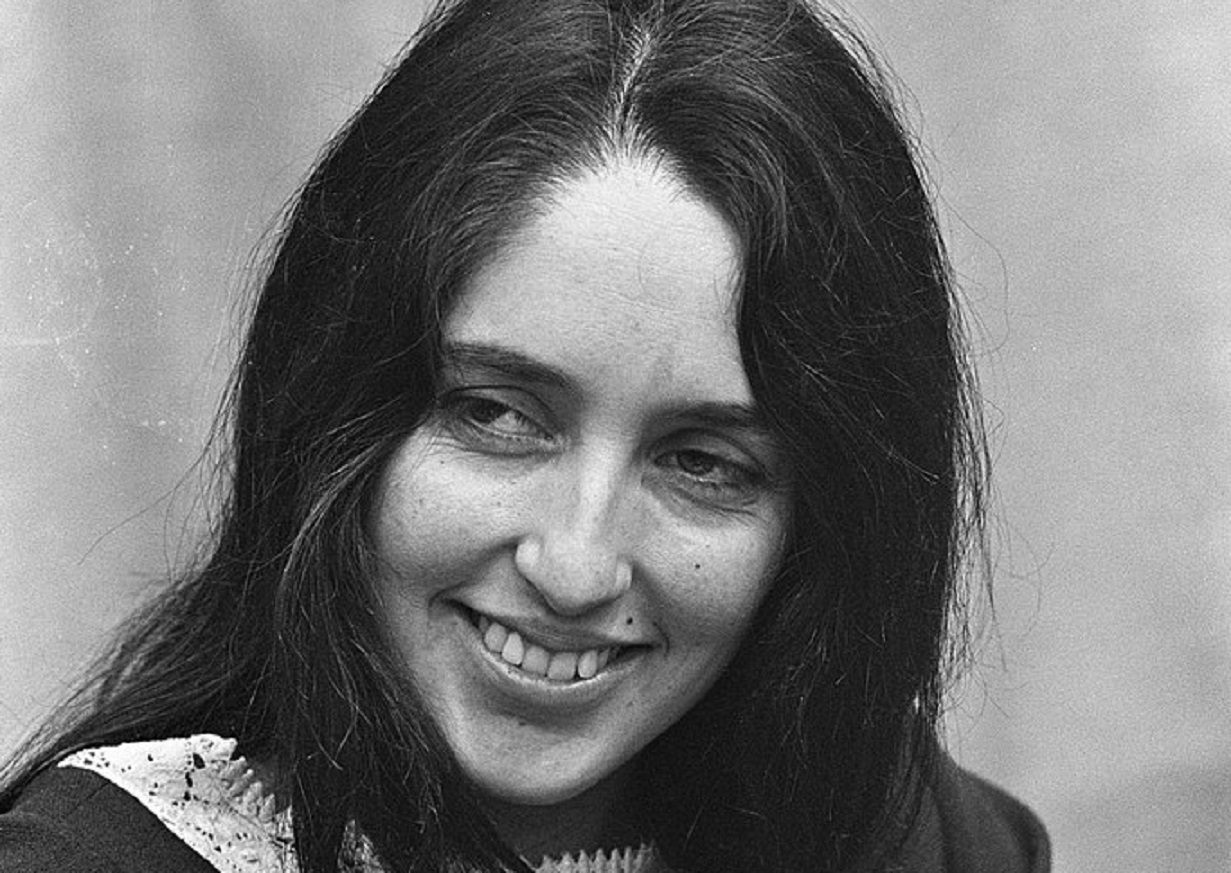 Rowland Scherman, Wikimedia Commons
Rowland Scherman, Wikimedia Commons
9. She Met Some Kindred Spirits
Soon, Baez was meeting like-minded people like Odetta and Bob Gibson. Not only were they folk singers, but they were also social activists. Gibson soon had an amazing offer for Baez. He was performing at the first-ever Newport Folk Festival in 1959, and he wanted Baez on stage with him. Baez jumped at the chance.
However, when it came to her actual performance, the audience spent a lot of time looking at her feet.
10. She Stunned Them
Joan Baez's ethereal voice stunned the audience at the Newport Folk Festival. However, it wasn't just her singing chops that garnered their attention. The crowd couldn’t help but notice that Baez wasn’t wearing any shoes. This caught on, and soon, people had a new nickname for her. They called her "the barefoot Madonna". But this Madonna had an attitude.
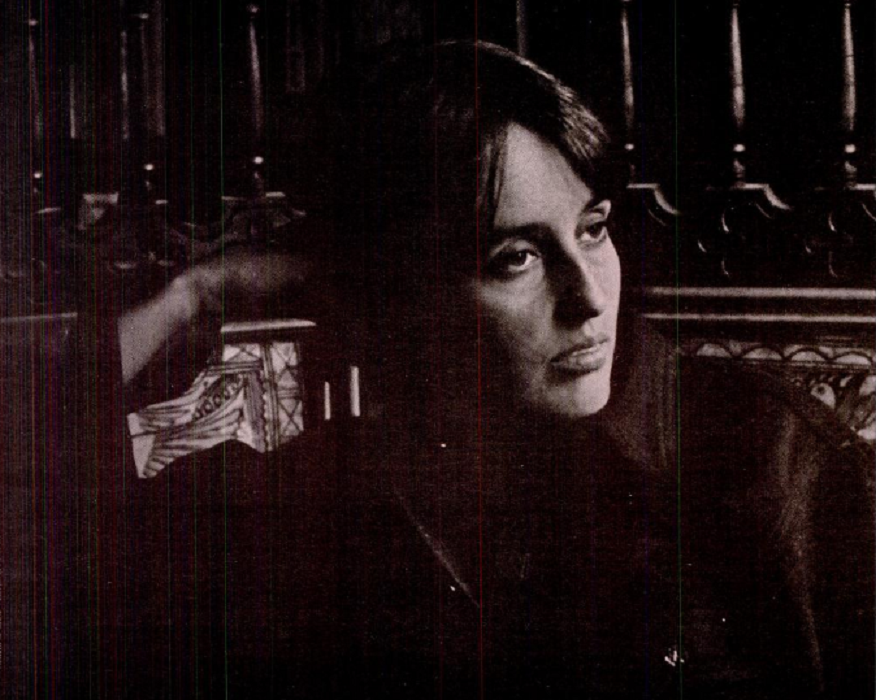 Vanguard Records, Wikimedia Commons
Vanguard Records, Wikimedia Commons
11. She Refused To Perform
Baez certainly knew how to send a message—and couldn't help but mix protest with her music. When performing at colleges, she refused to work in any venue that segregated people of color from white people. This meant that she had to do things a bit differently.
Taking her show to the southern states meant that she only sang for colleges designated as Black. And when it came to record labels, Baez also had a strong opinion.
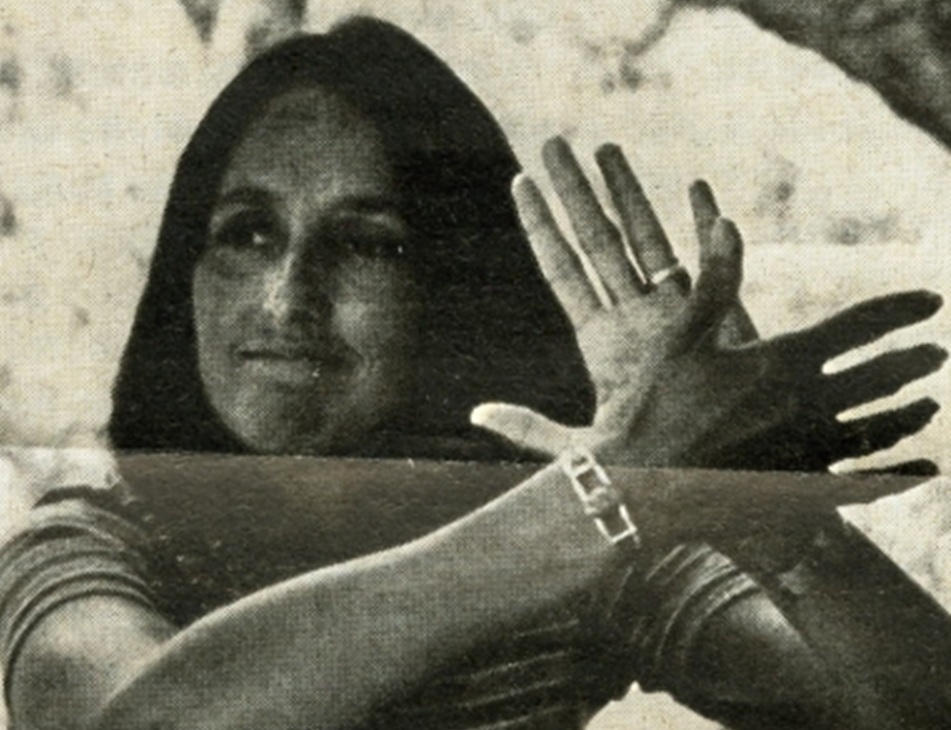 angela penny, CC BY 2.0, Wikimedia Commons
angela penny, CC BY 2.0, Wikimedia Commons
12. She Had To Choose A Label
In 1960, it was time for Baez to record her first album. Columbia Records was courting her, but they had competition from a little label called Vanguard Records. Columbia, being a huge and powerful record label, was certainly the obvious choice. But Baez went for Vanguard Records because she thought the smaller label would grant her more freedom as an artist.
The problem was that Vanguard didn’t have the money that Columbia had.
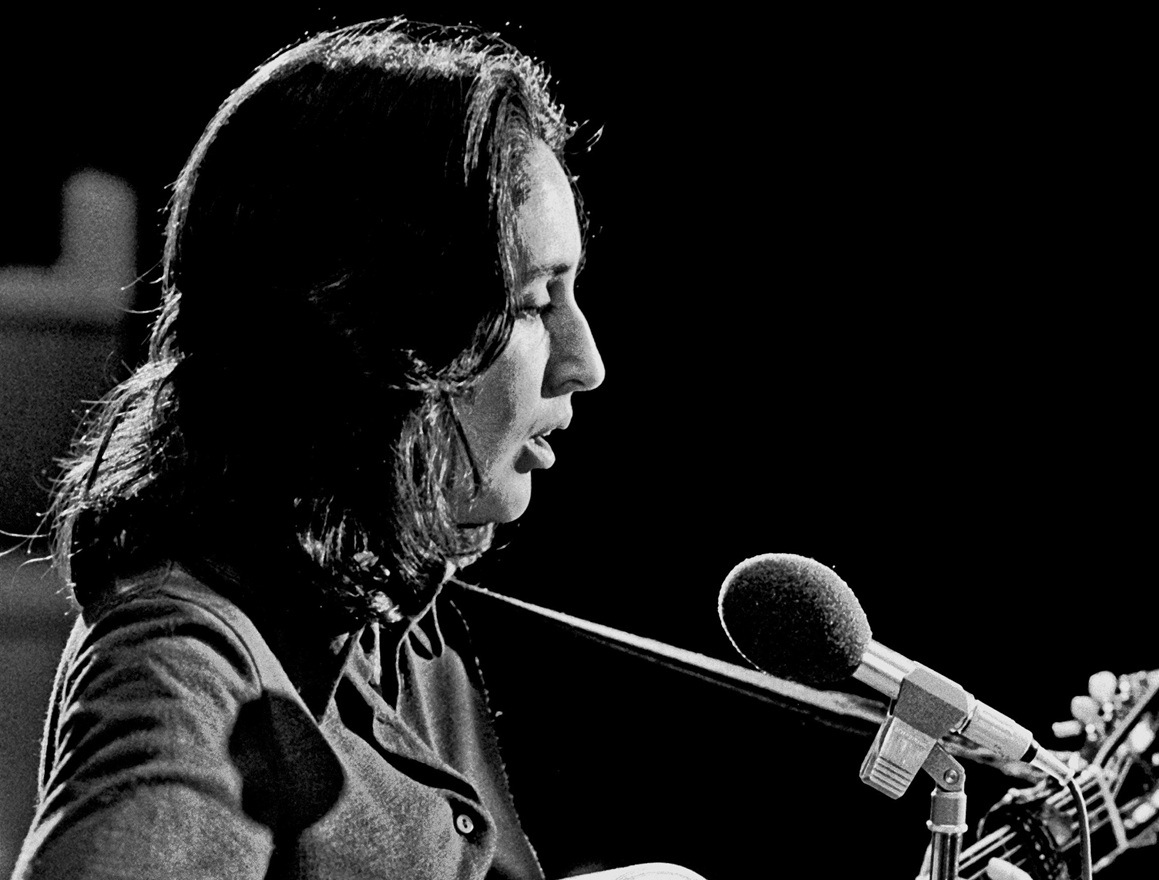 Heinrich Klaffs, CC BY-SA 2.0, Wikimedia Commons
Heinrich Klaffs, CC BY-SA 2.0, Wikimedia Commons
13. She Recorded In A Strange Place
Now that she had signed with Vanguard, she was ready to record. Instead of heading to a recording studio, Vanguard took her to the Manhattan Towers Hotel. Baez described the ballroom as simply a dirty carpet with two microphones. Strangely, Wednesday night bingo meant that they couldn't record on that particular night of the week. But that wasn’t the only problem.
14. She Recorded Her First Album In Four Days
Not only was the setting of Baez’s first album strange but so was the time that went into it. She took only four days to record it. She said that they worked so fast that they only recorded some of the tracks one time. With such a short recording time, was there any chance that her first album would be a success?
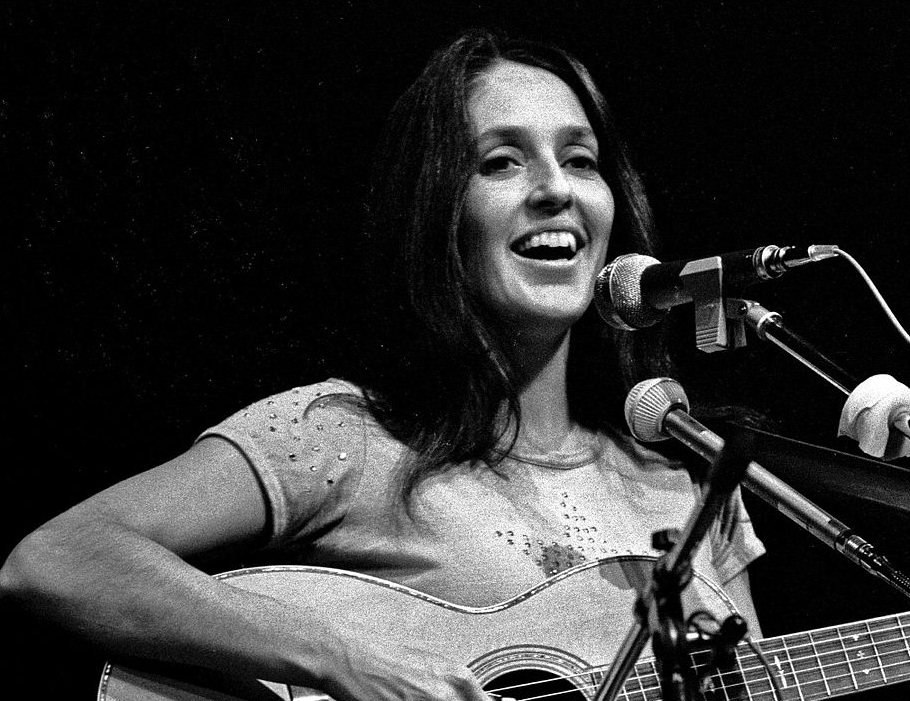 Heinrich Klaffs, CC BY-SA 2.0, Wikimedia Commons
Heinrich Klaffs, CC BY-SA 2.0, Wikimedia Commons
15. Her Album Was A "Fine Account"
Vanguard called Baez’s first album Joan Baez. One critic called it a “fine account” and went on to say that some songs sounded like “they were being sung for the first time”. Hmm, maybe he knew something about the way Vanguard was putting this album together.
So, the album was only a moderate success, but it still led to live concerts.
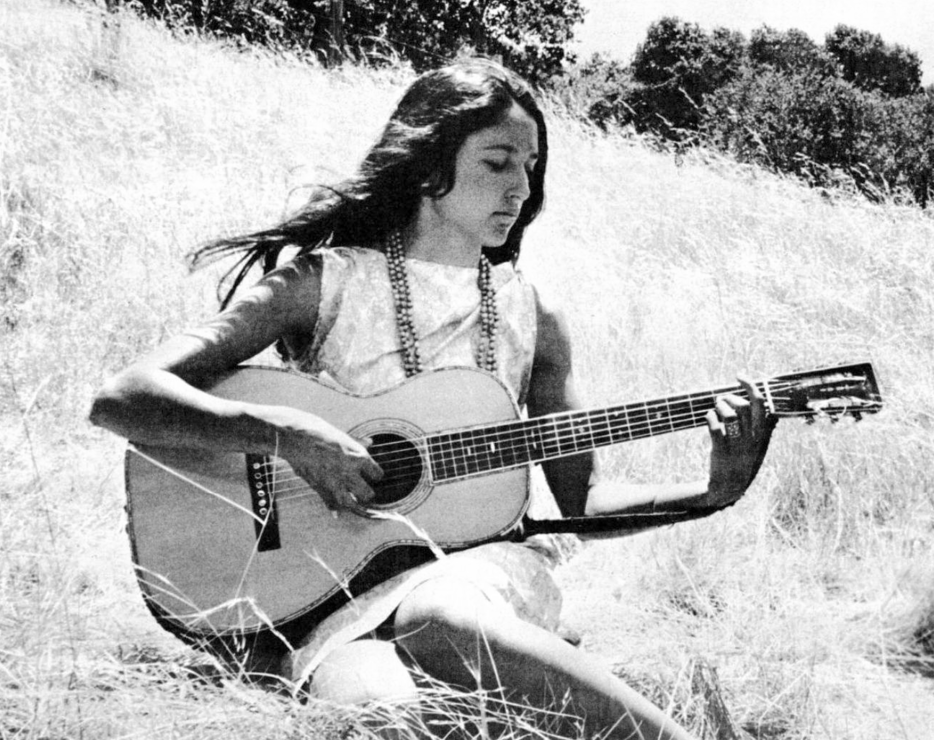 Vanguard Records, Wikimedia Commons
Vanguard Records, Wikimedia Commons
16. She Played At The Y
On November 5, 1960, Baez had her first NYC gig at the 92nd Street Y. Don’t worry, Baez wasn’t performing at a sweaty gym—this was a performance space that would later welcome guests like Joan Rivers and Paul McCartney. It must have been a hit because her next show took Baez to new heights.
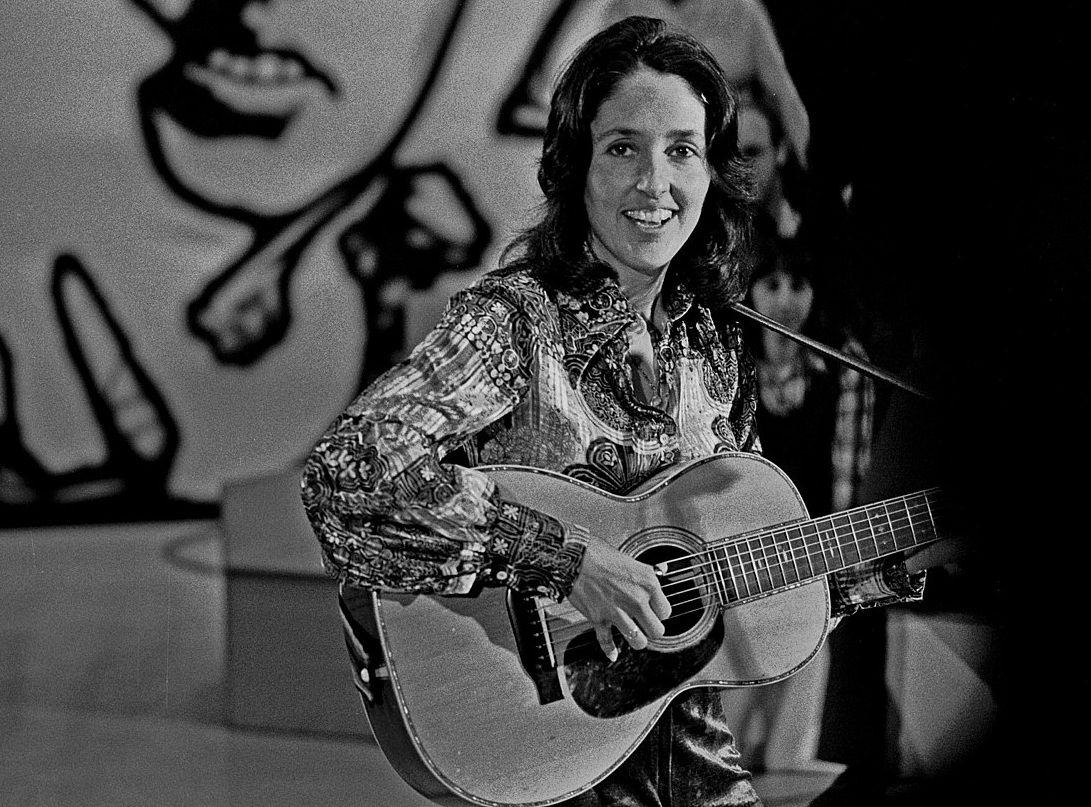 Heinrich Klaffs, CC BY-SA 2.0, Wikimedia Commons
Heinrich Klaffs, CC BY-SA 2.0, Wikimedia Commons
17. She Was Still Green
Baez’s next show in Manhattan was at Town Hall, but there was one big difference. It was one year later, and it was completely sold out. When Baez saw that the concert was "SRO," she tried to sort out the acronym. Was it “sold right out”? Her manager had to correct her. It was “Standing Room Only”.
No matter how you sliced it, Baez was a hit.
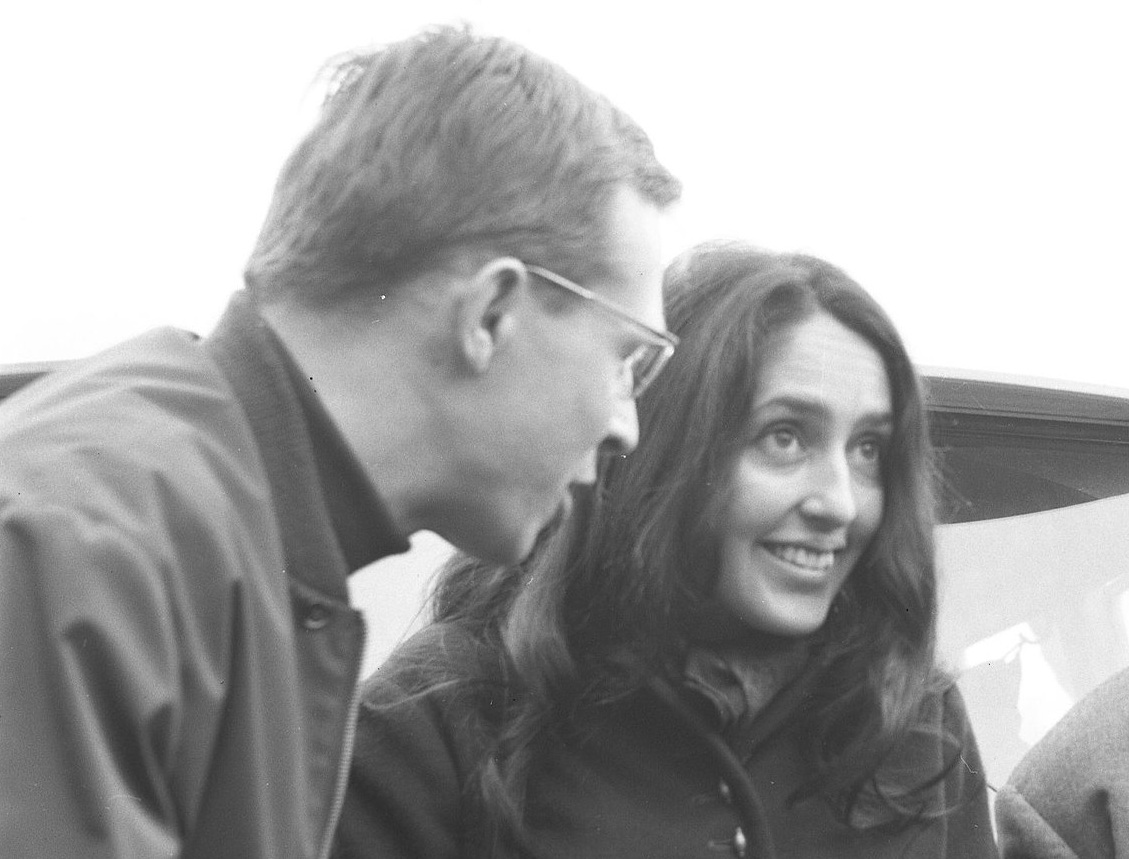 Manfred A. Tripp, CC BY-SA 4.0, Wikimedia Commons
Manfred A. Tripp, CC BY-SA 4.0, Wikimedia Commons
18. She Heard About A Hillbilly
Around this same time, people started calling Baez the “Queen of Folk”. However, there was another rising star in her midst, who she later described as an “urban hillbilly”. Baez went to Gerde’s Folk City to hear this young man, who would later morph into the famous Bob Dylan. Dylan’s music stunned her, and she had trouble keeping it together.
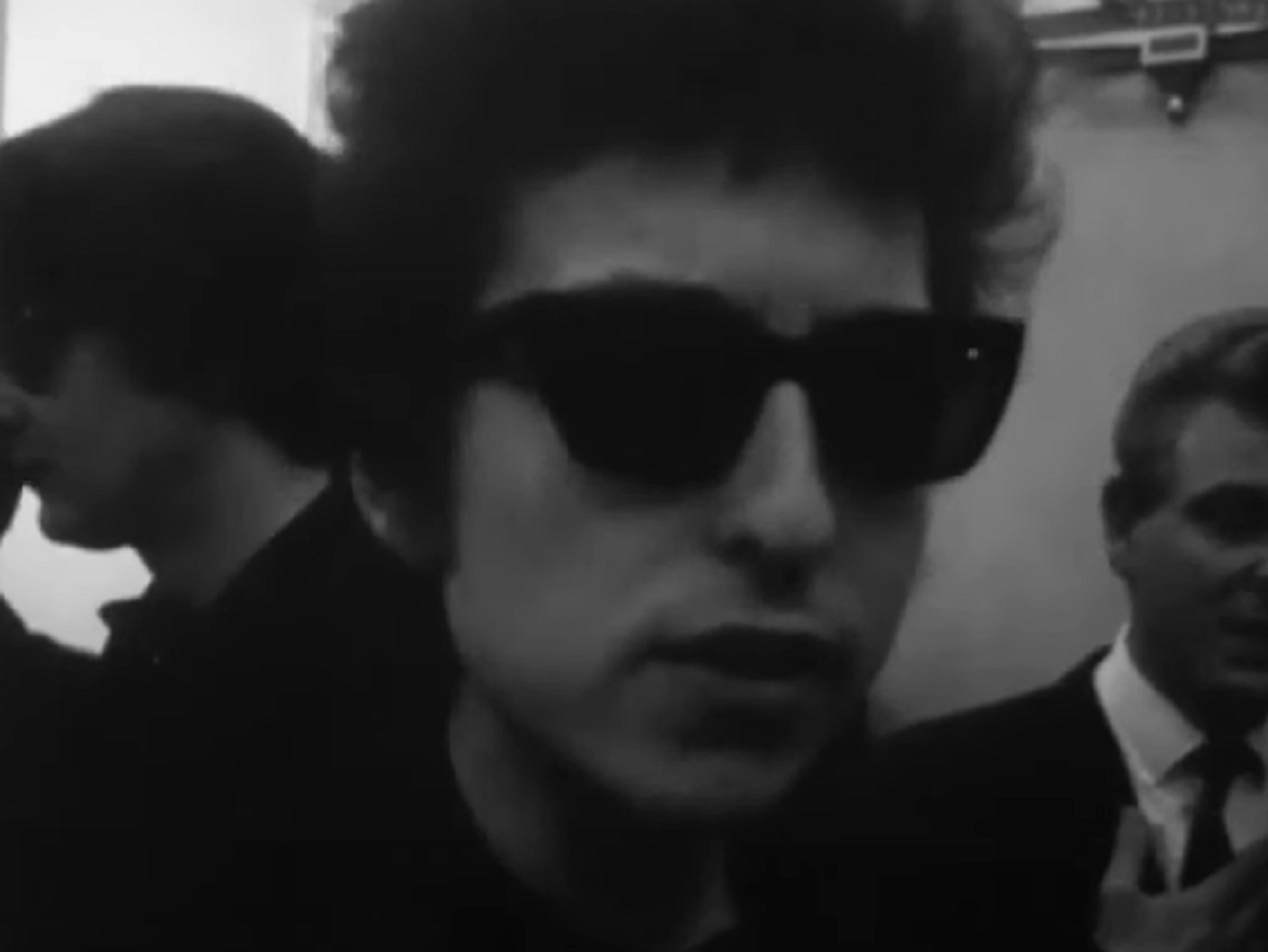 Leacock-Pennebaker, Bob Dylan: Dont Look Back (1967)
Leacock-Pennebaker, Bob Dylan: Dont Look Back (1967)
19. She Had A Strong Reaction
Dylan's moving performance utterly entranced Baez. The problem was that her boyfriend—who she called "very, very jealous"—was standing right beside her. Baez was sure her boyfriend could tell something had sparked between her and Dylan... and then the worst thing happened.
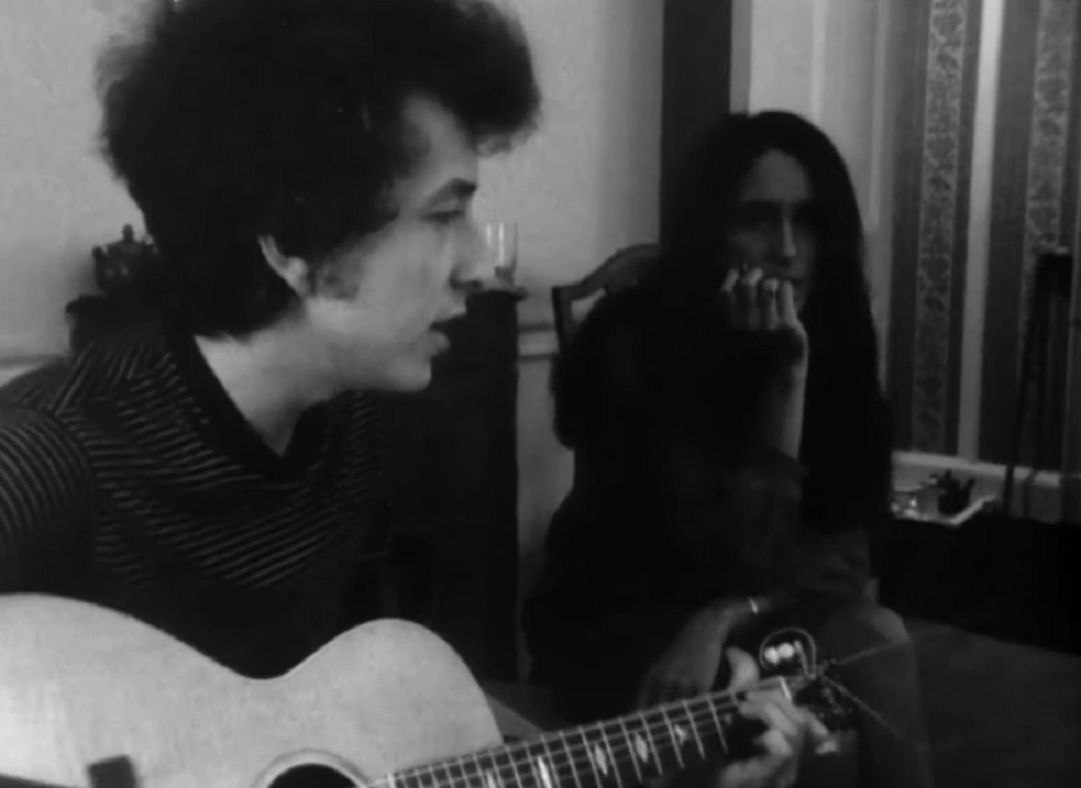 Leacock-Pennebaker, Bob Dylan: Dont Look Back (1967)
Leacock-Pennebaker, Bob Dylan: Dont Look Back (1967)
20. He Just Said "Uhh, Hi"
After Dylan had finished singing, he walked right up to Baez. You see, Dylan knew exactly who Baez was and wanted to meet her. He’d had her album on nonstop rotation at home and was over the moon to see her at his concert. He walked up to Baez and simply said, “Uhh, hi”.
From this chance encounter, a powerful duo was born.
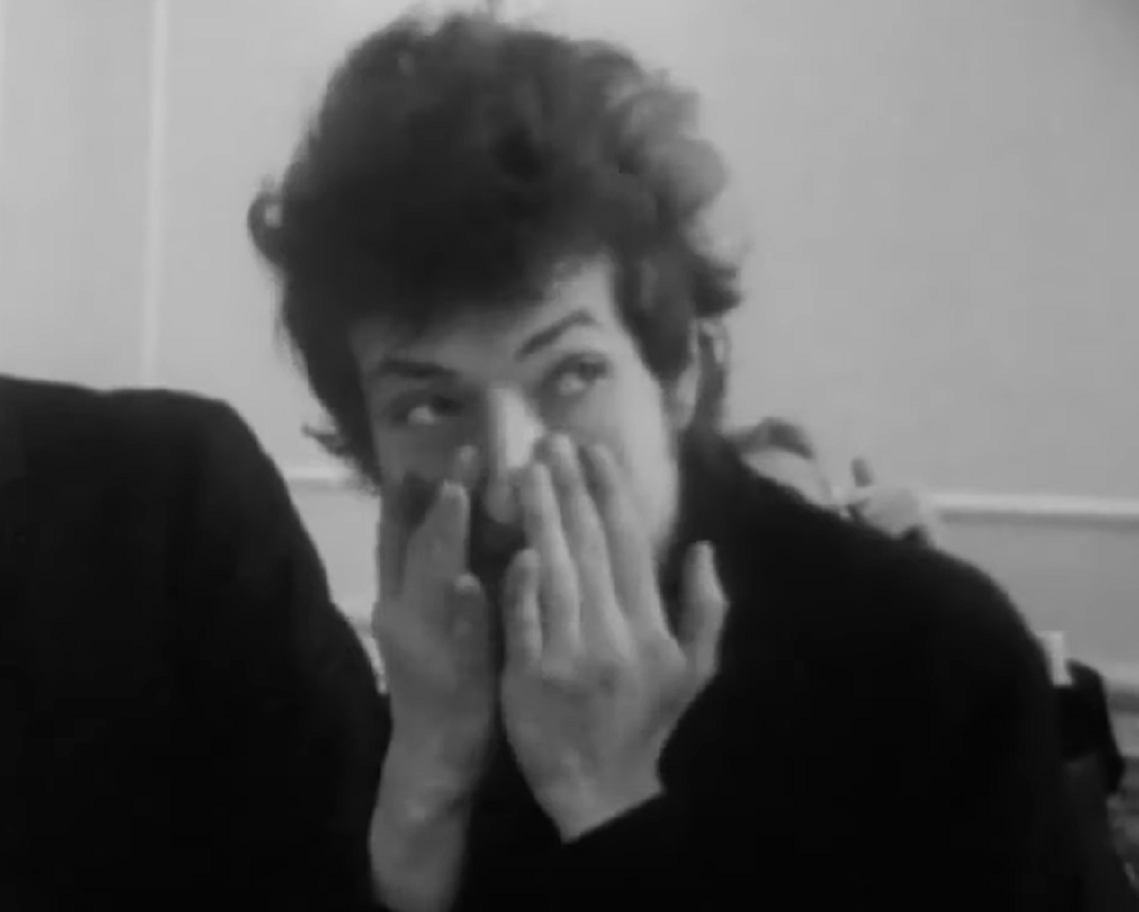 Leacock-Pennebaker, Bob Dylan: Dont Look Back (1967)
Leacock-Pennebaker, Bob Dylan: Dont Look Back (1967)
21. She Gave Him A Boost
At this time, Baez’s fame was soaring higher than Dylan’s—and a year after they met, she would appear on the cover of Time magazine. She also decided to give Dylan a boost by bringing him on stage during her concerts. Dylan’s raspy voice wasn’t that welcome to the fans of Baez’s lovely soprano. But there was something special about Dylan that interested Baez.
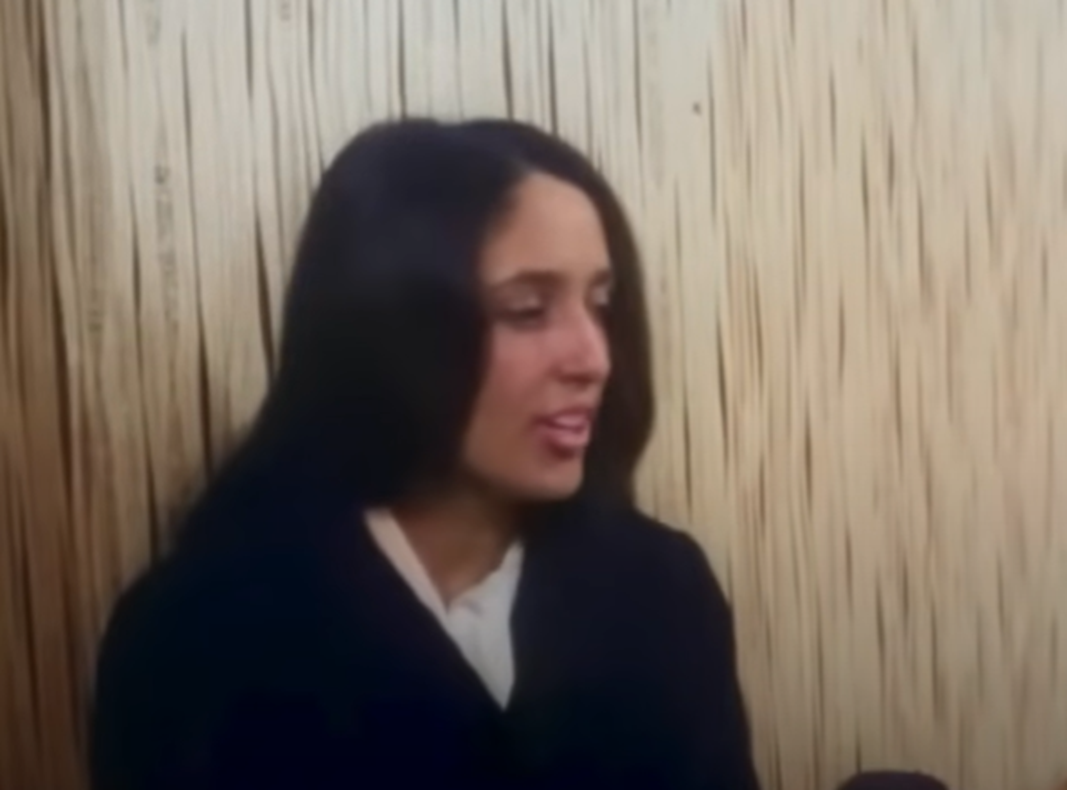 Leacock-Pennebaker, Bob Dylan: Dont Look Back (1967)
Leacock-Pennebaker, Bob Dylan: Dont Look Back (1967)
22. He Changed Her
What Baez saw in Dylan was his ability to write music that made songs of protest sound more modern. It changed the way she looked at folk music and moved her career forward in a different way. But this wasn’t simply two musicians respecting the heck out of each other. There was something more happening here.
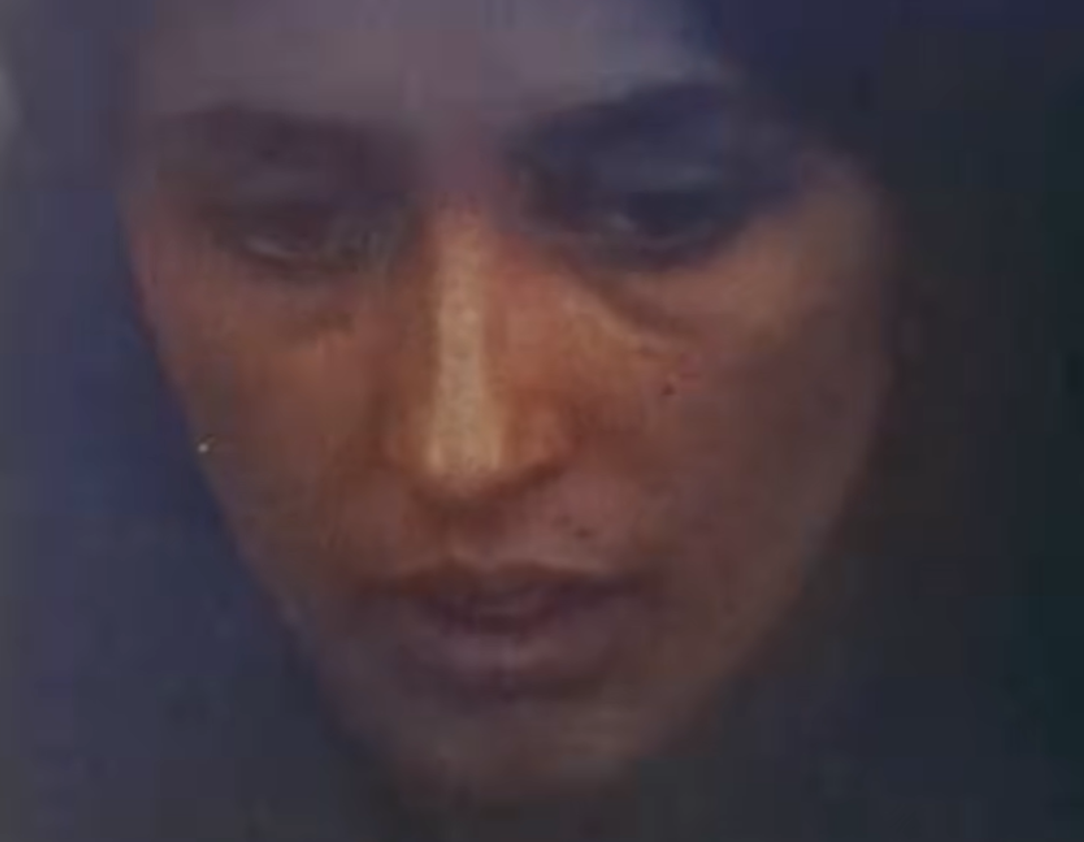 Leacock-Pennebaker, Bob Dylan: Dont Look Back (1967)
Leacock-Pennebaker, Bob Dylan: Dont Look Back (1967)
23. It Got Romantic
Somewhere along the line, Baez and Dylan discovered they had romantic feelings for each other. These two peas in a pod both remain very secretive about exactly when this happened. Baez says that she didn’t know what year it was, and Dylan is vague as well. What we do know is how and when it ended.
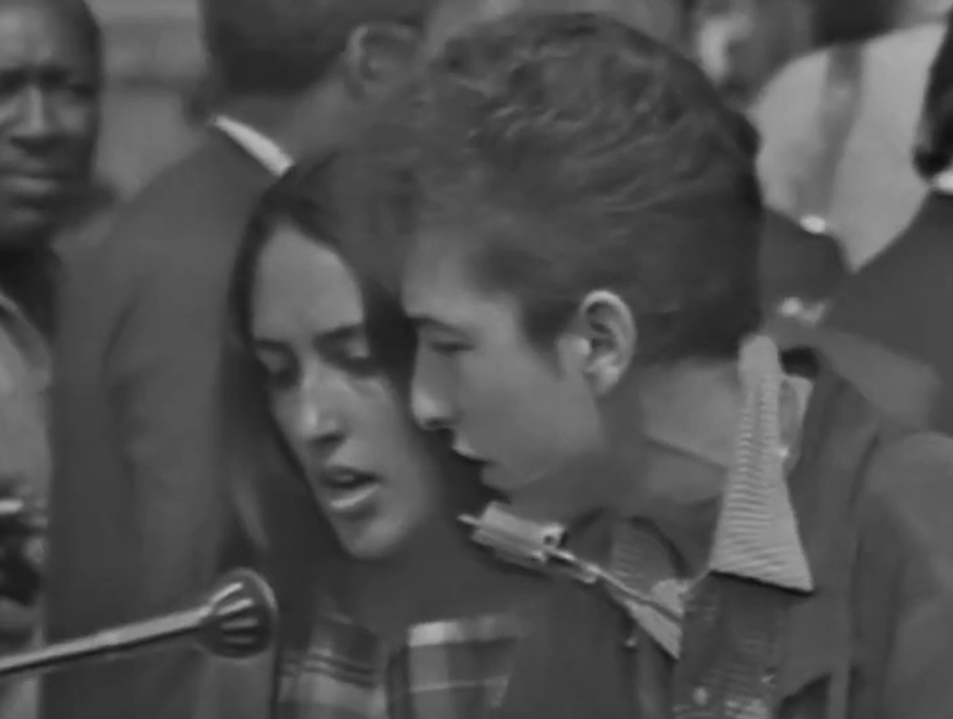 Mead Street Films, Joan Baez- I Am a Noise (2023)
Mead Street Films, Joan Baez- I Am a Noise (2023)
24. He Took Off
By 1965, Dylan’s career was soaring, and he had a UK tour. He invited Baez along, but did something shockingly strange. Where Baez had welcomed Dylan on her stage many times, Dylan did not return the favor. Baez said she felt sorry for herself and neurotic about the situation. She couldn't figure out why her boyfriend didn’t want her on stage with him.
He was breaking her heart, and she had no idea why.
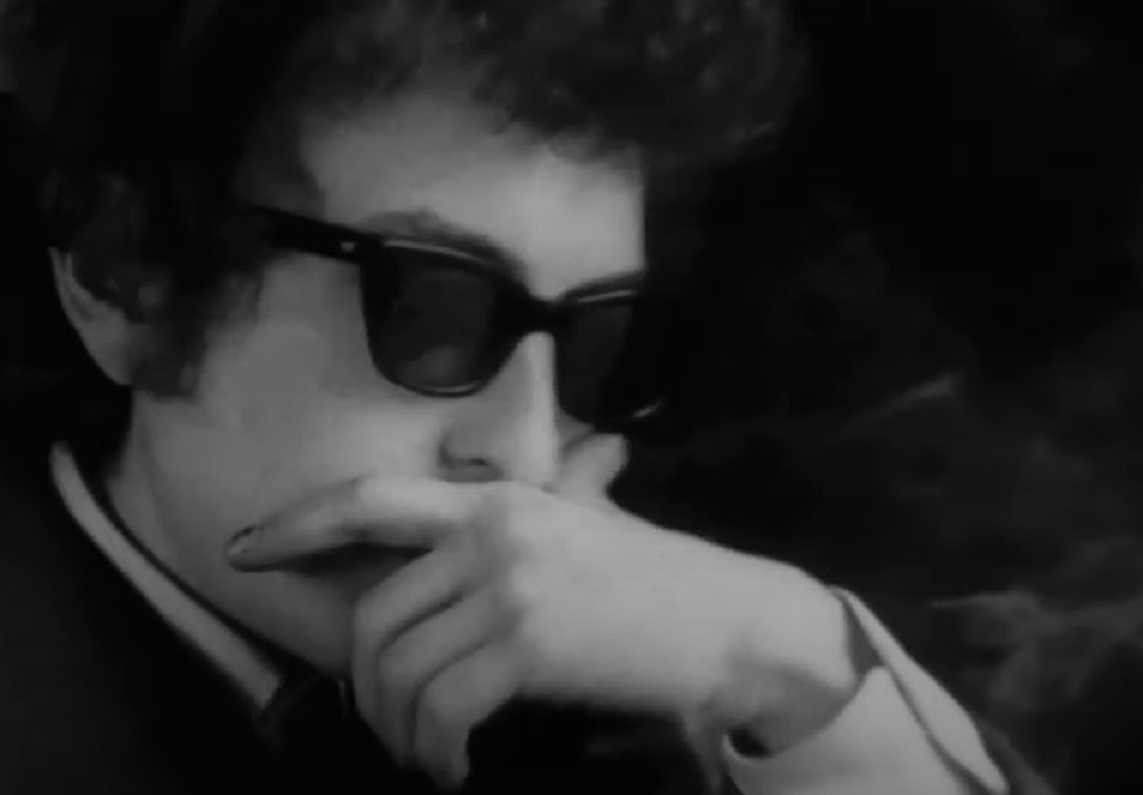 Leacock-Pennebaker, Bob Dylan: Dont Look Back (1967)
Leacock-Pennebaker, Bob Dylan: Dont Look Back (1967)
25. He Couldn’t Deal
1965 would prove to be a pivotal year for Dylan. Right before the tour, he released Bringing It All Back Home, in which he debuted a controversial electric style. Perhaps he was turning a new chapter—one that didn't include the soft, soaring vocals of the Queen of Folk. The excuse he gave later was that he was just trying to deal with his sudden and huge popularity.
One way or the other, their short-lived relationship came to a devastating close.
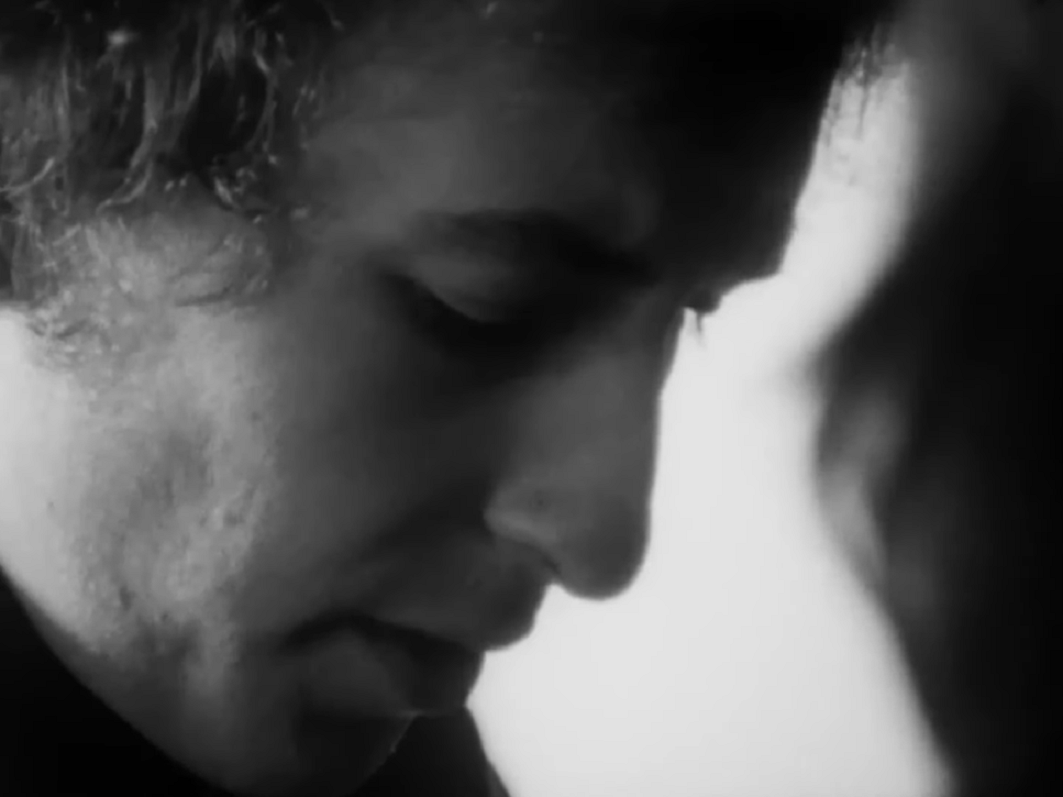 Leacock-Pennebaker, Bob Dylan: Dont Look Back (1967)
Leacock-Pennebaker, Bob Dylan: Dont Look Back (1967)
26. He Broke Her Heart
While Dylan had fame on the brain, Baez took their break-up very hard. She said that Dylan broke her heart and later described their time together as “totally demoralizing”. What Baez needed now was a way to mend her bleeding heart.
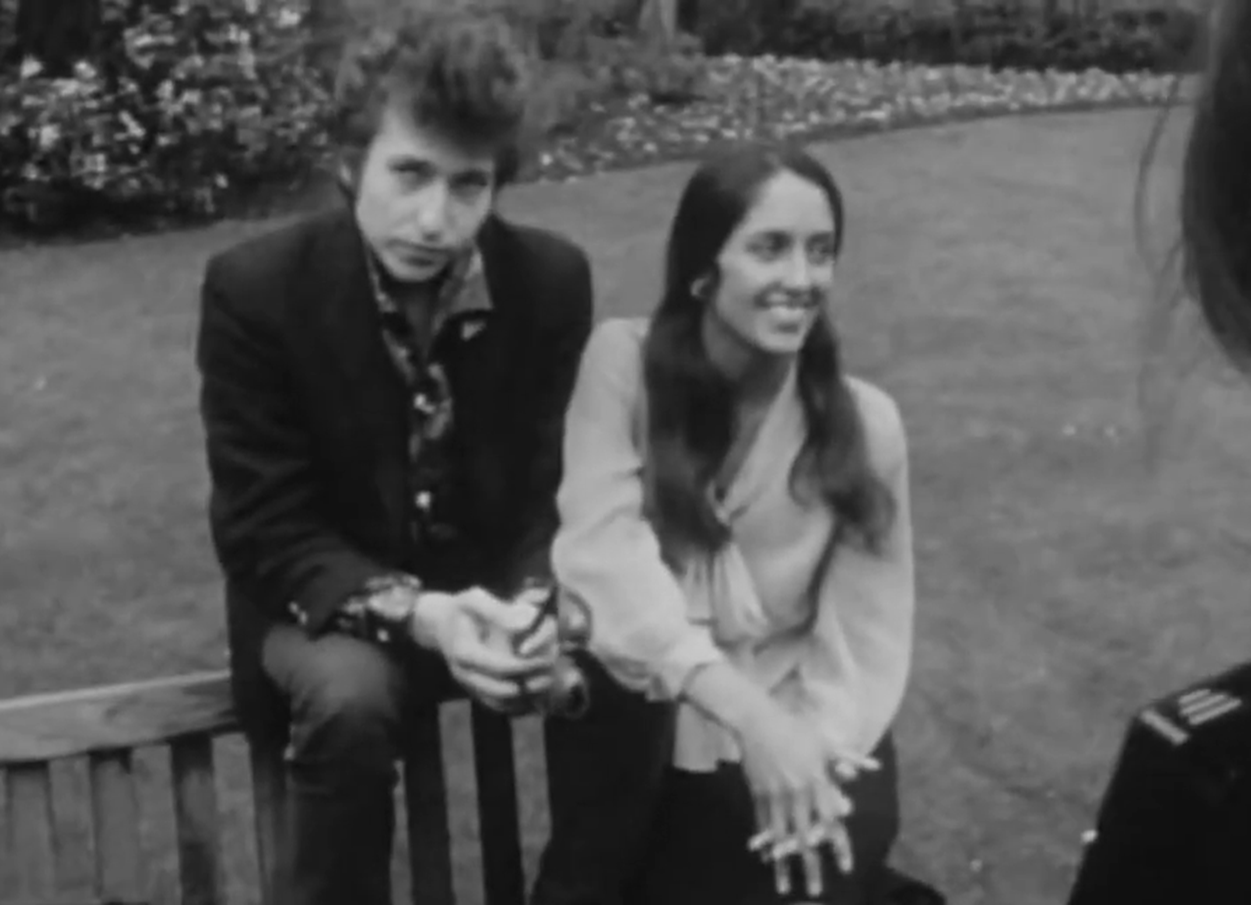 Mead Street Films, Joan Baez- I Am a Noise (2023)
Mead Street Films, Joan Baez- I Am a Noise (2023)
27. She Made A Big Change
Baez had to learn how to carry on with life without Dylan, so she decided to switch out of folk music for a while. You could speculate that she did this to wash Dylan out of her hair completely. Whatever the reason, Baez turned to classical music and made three albums with classical composer Peter Schickele.
But she wasn’t through with Dylan so easily.
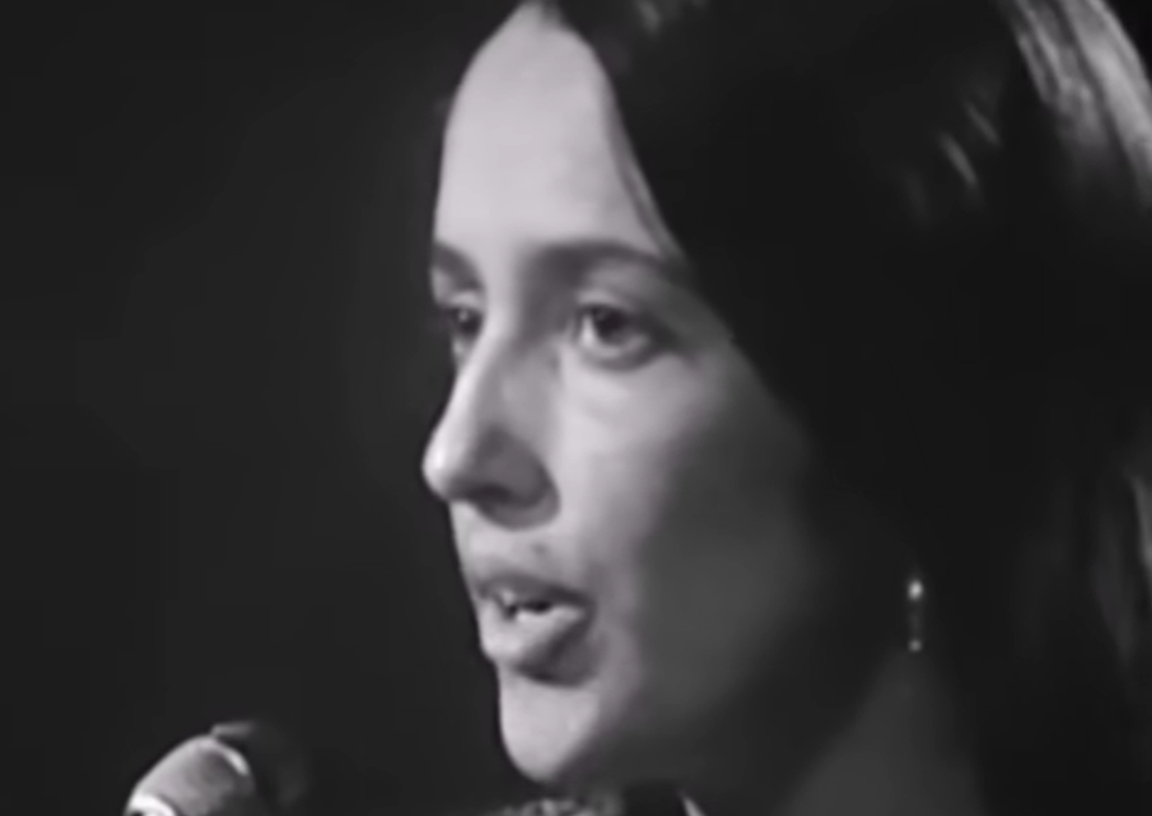 Razor & Tie, How Sweet the Sound (2009)
Razor & Tie, How Sweet the Sound (2009)
28. She Couldn’t Forget Him
As messy as the saga of Joan Baez and Bob Dylan had proved to be, in 1968, Baez did something quite odd. She went to Nashville, Tennessee and recorded Any Day Now. The weird thing was that this album contained cover songs by Dylan and nothing else.
Of course, there was something even stranger about 1968.
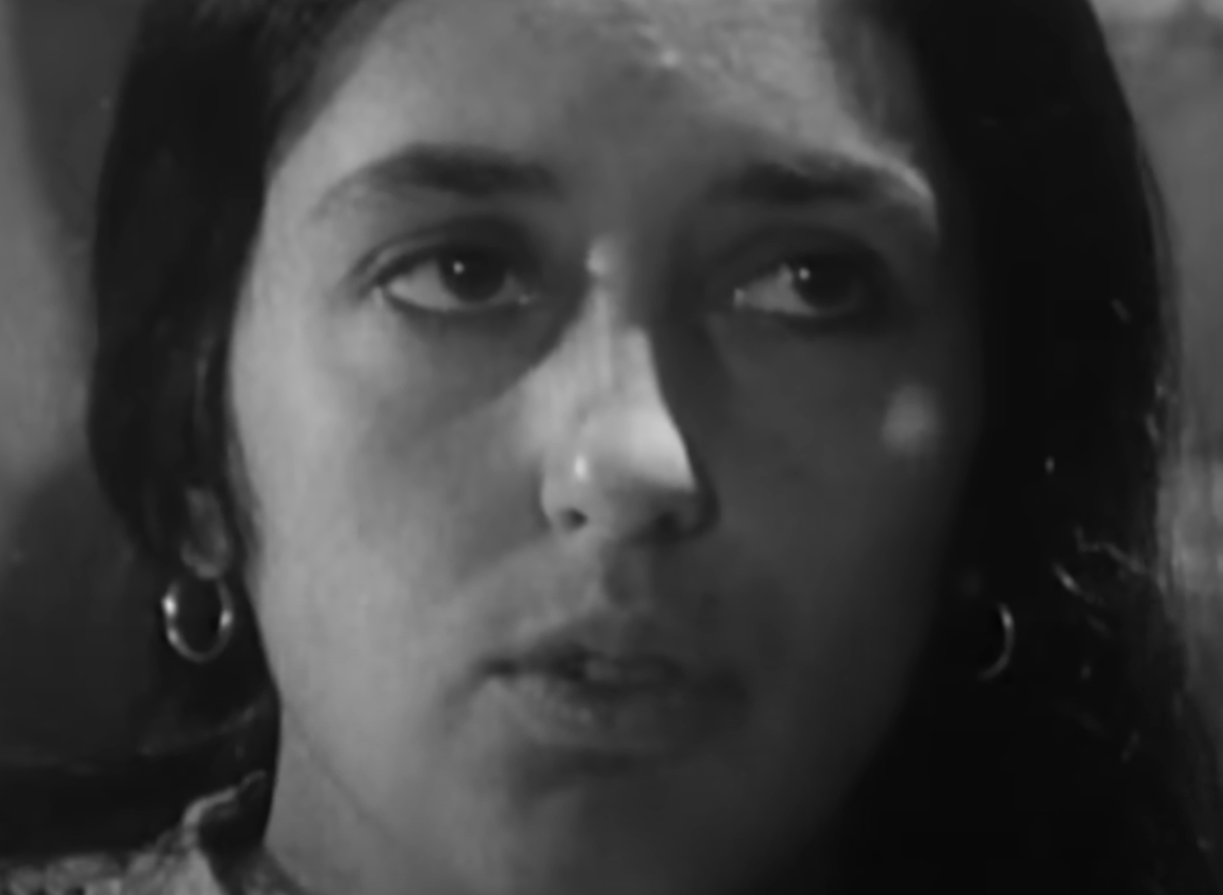 Mead Street Films, Joan Baez- I Am a Noise (2023)
Mead Street Films, Joan Baez- I Am a Noise (2023)
29. She Did Two
Baez recorded two albums that year in Memphis. There was one full of Dylan covers, and the other was a tribute to her husband that would come out the following year. Yep, Baez had tied the knot, and the story of how they met is a folk music fairy tale that started during a protest.
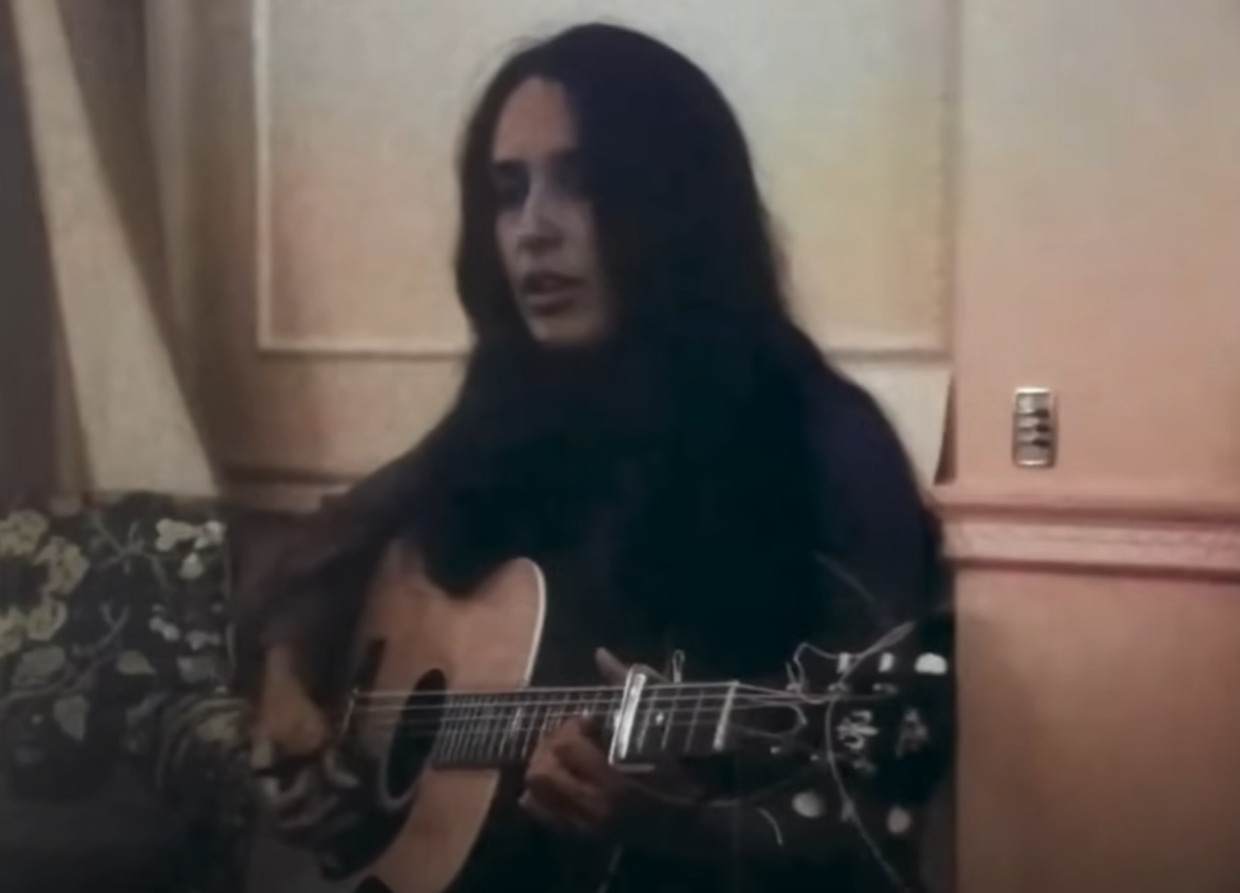 Leacock-Pennebaker, Bob Dylan: Dont Look Back (1967)
Leacock-Pennebaker, Bob Dylan: Dont Look Back (1967)
30. She Met Him In Prison
In 1967, Baez and her mother ended up in prison after a protest where they blocked the doors of the Armed Forces Induction Center in Oakland, California. Even though the guards kept the male and female protesters separate, Baez managed to meet activist and writer David Harris. They two got close in prison, and when released, they carried on with their relationship.
Baez wound up moving in with him, but their home certainly wasn't a traditional one.
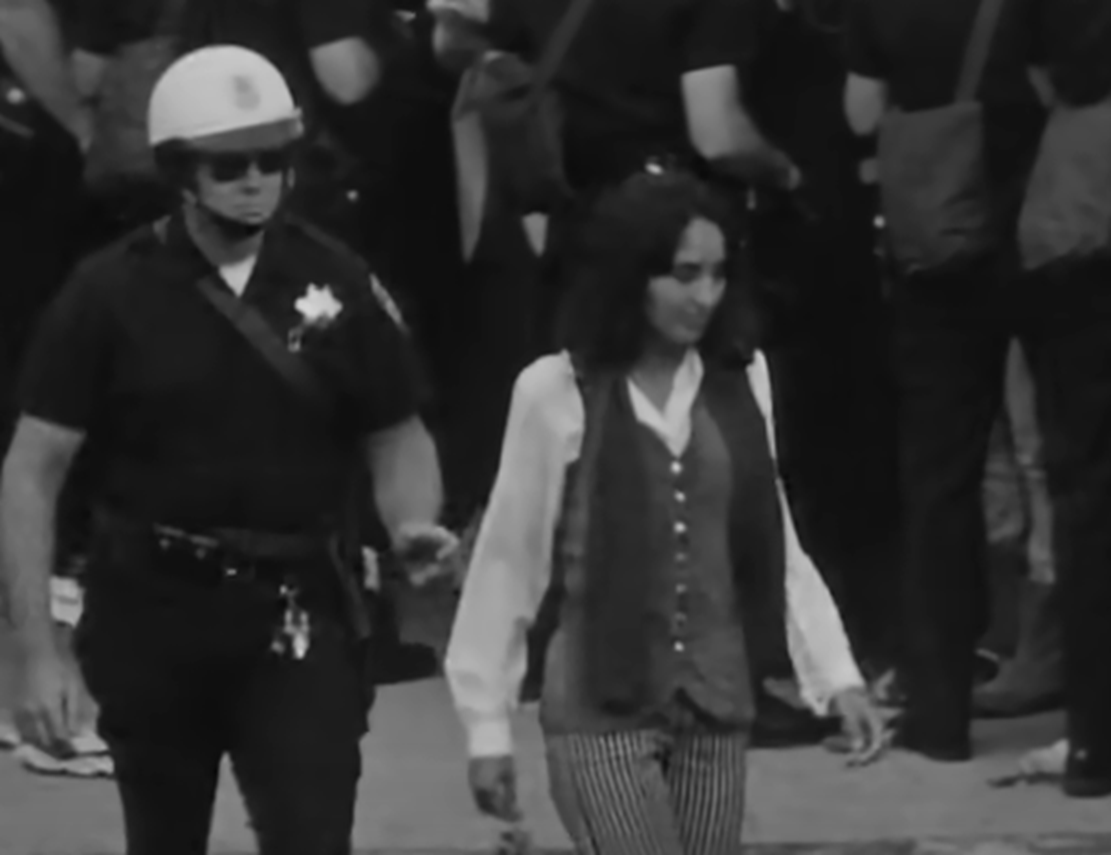 Mead Street Films, Joan Baez- I Am a Noise (2023)
Mead Street Films, Joan Baez- I Am a Noise (2023)
31. She Went To The Hills
Instead of finding a cute house or apartment together, Baez moved into Harris’s commune. This was a place in the hills near Santa Clara County, and its sole purpose was to help young people avoid going to fight in Vietnam. While it doesn’t sound like the most romantic place on earth, it did lead to marriage.
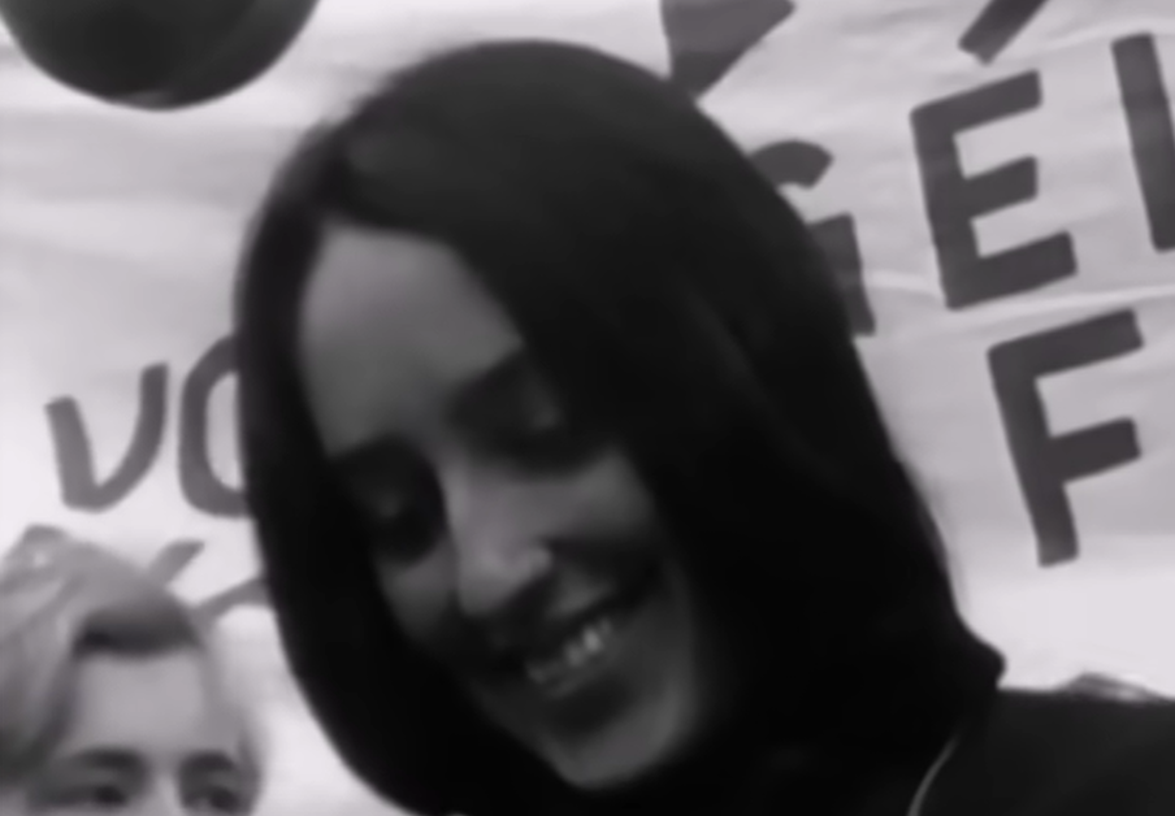 Razor & Tie, How Sweet the Sound (2009)
Razor & Tie, How Sweet the Sound (2009)
32. It Was A Momentous Occasion
Baez had only known Harris for a few months before the two decided to wed. Even though Baez was a folk singer, and Harris was a journalist, Time magazine called their nuptials the “Wedding of the Century”. It looked like Baez had found the perfect guy, but there was trouble brewing on the horizon.
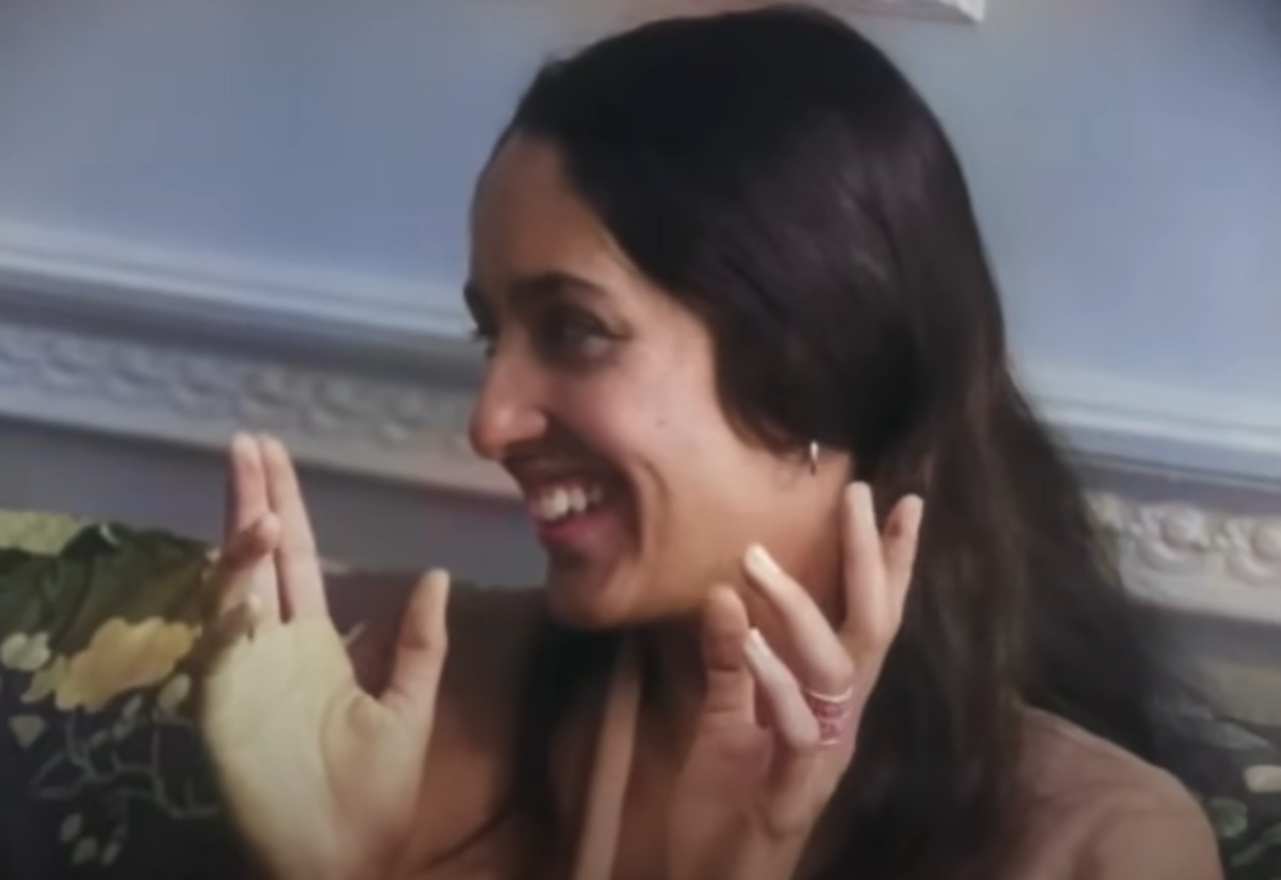 Leacock-Pennebaker, Bob Dylan: Dont Look Back (1967)
Leacock-Pennebaker, Bob Dylan: Dont Look Back (1967)
33. He Got The Call
After the wedding, Baez and Harris headed for the hills, where they set up another commune and lived off the land. Sadly, their idealistic life came to a sudden and grinding halt. The US military wanted Harris to sign up for service in Vietnam. The issue Baez and Harris had been fighting for had barged right through their front door.
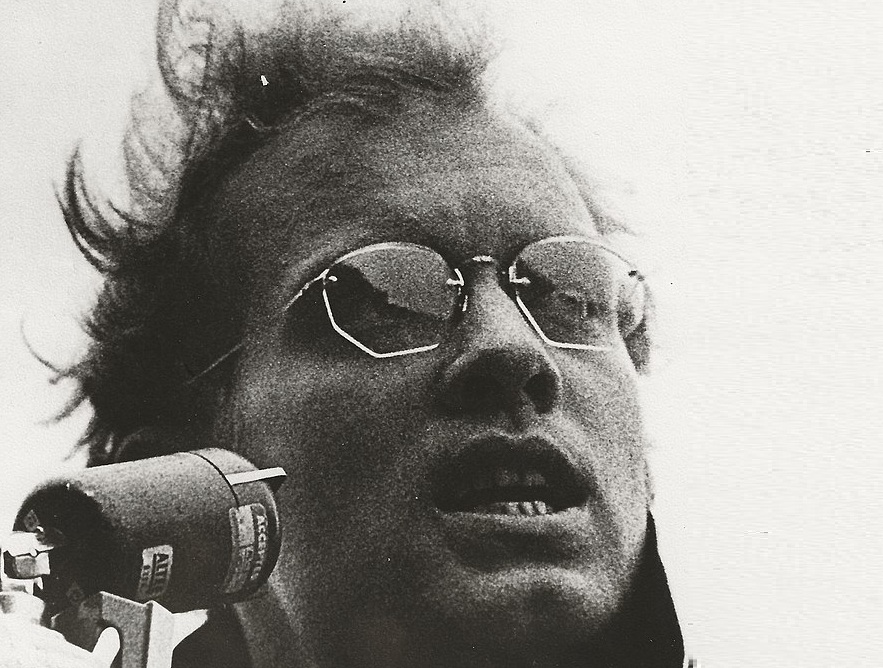 Jim Marshall, CC BY-SA 4.0, Wikimedia Commons
Jim Marshall, CC BY-SA 4.0, Wikimedia Commons
34. She Looked Different
Of course, Harris was not about to sign up for Vietnam, so officers took him off to prison. Baez continued to perform and eventually ended up on the stage at the infamous Woodstock music festival. Those who emerged from their tents early enough to catch her morning performance might have noticed something different about Baez.
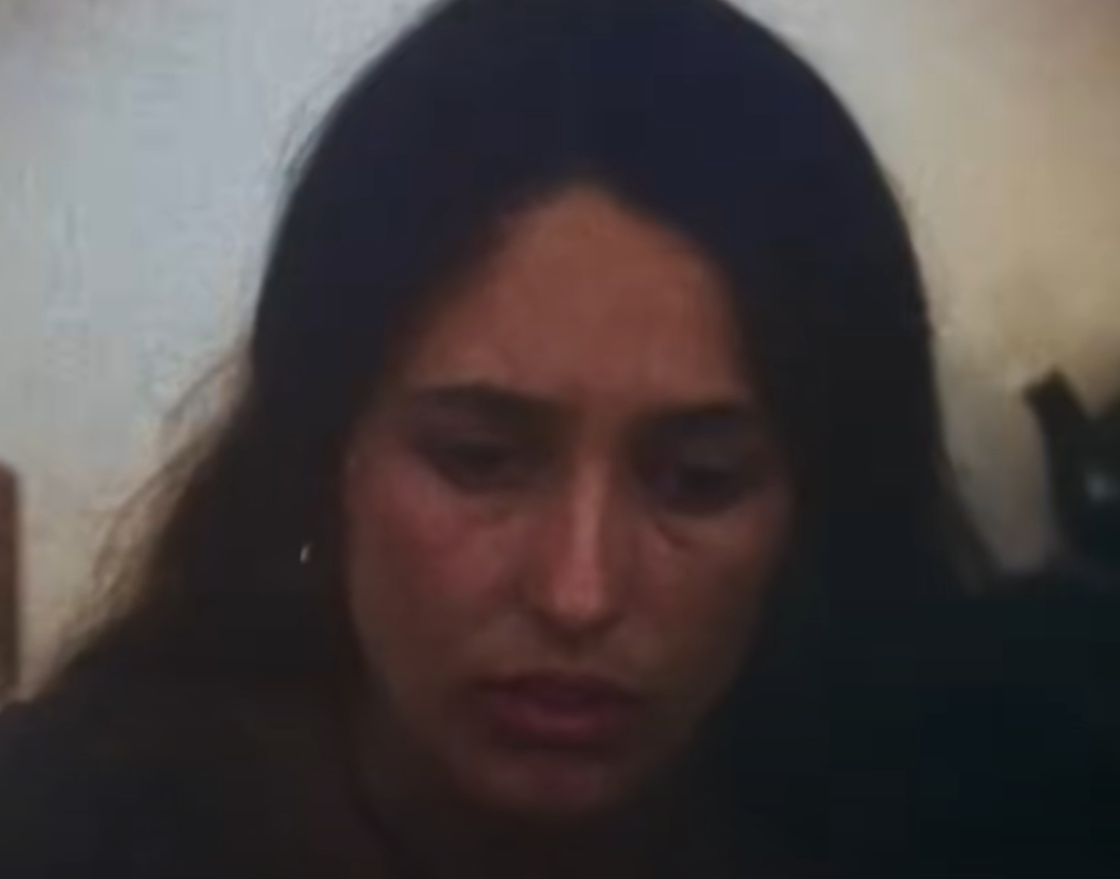 Leacock-Pennebaker, Bob Dylan: Dont Look Back (1967)
Leacock-Pennebaker, Bob Dylan: Dont Look Back (1967)
35. She Became A Mother
While Baez was missing her imprisoned husband, she was also carrying his baby. On December 2, 1969, Baez gave birth without her husband in attendance. She named her baby boy Gabriel. But though Harris finally got out of prison on March 15, 1971, the new parents still didn't get their "happily ever after".
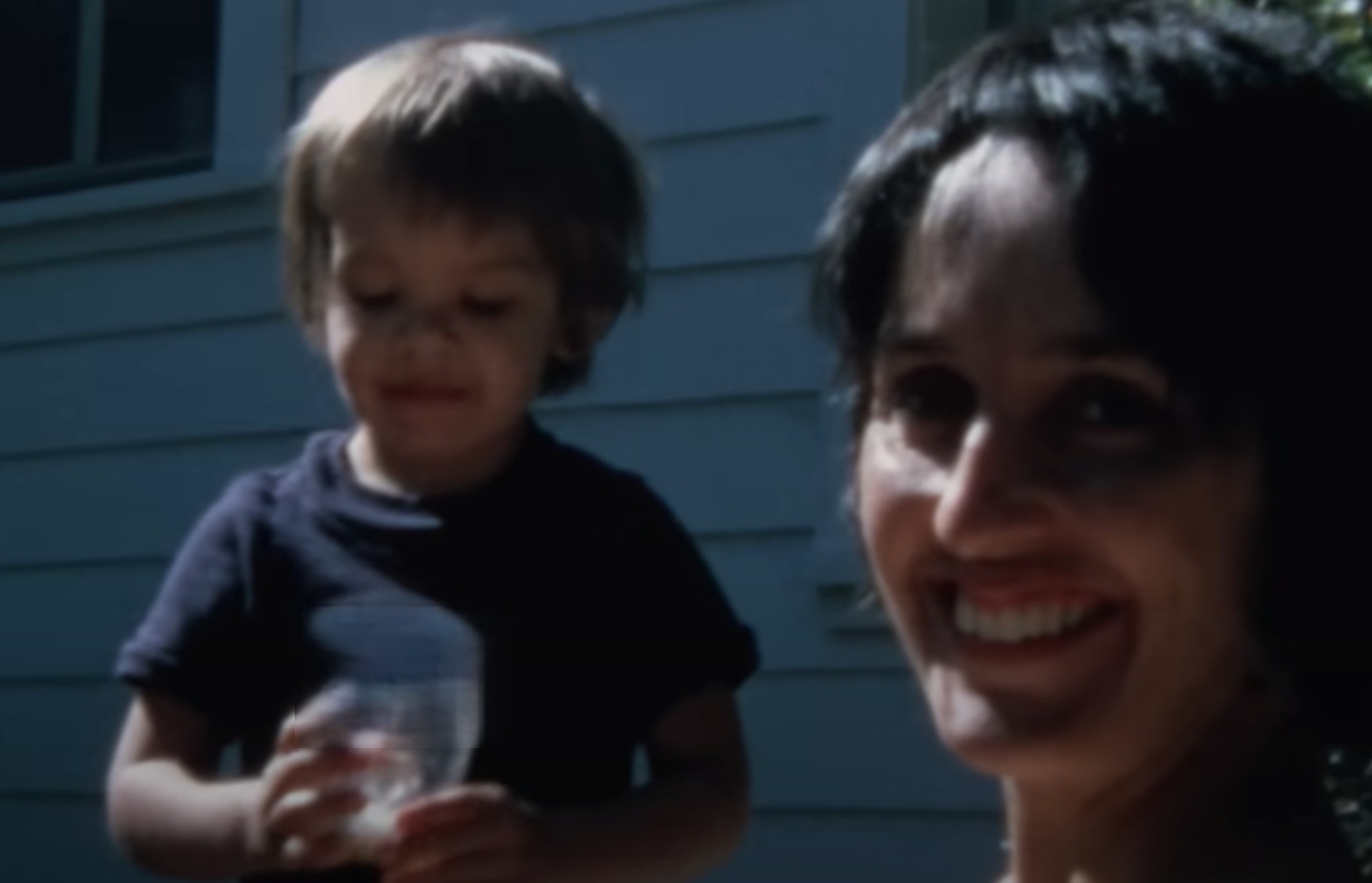 Mead Street Films, Joan Baez- I Am a Noise (2023)
Mead Street Films, Joan Baez- I Am a Noise (2023)
36. She Had To Live Alone
Just three months after Harris left prison, the relationship fell apart. Baez and Harris separated and shared custody of their child. Later, Baez offered an explanation for the separation and subsequent divorce. She said that she “was made to live alone”. Baez left her marriage... and walked directly into the line of fire.
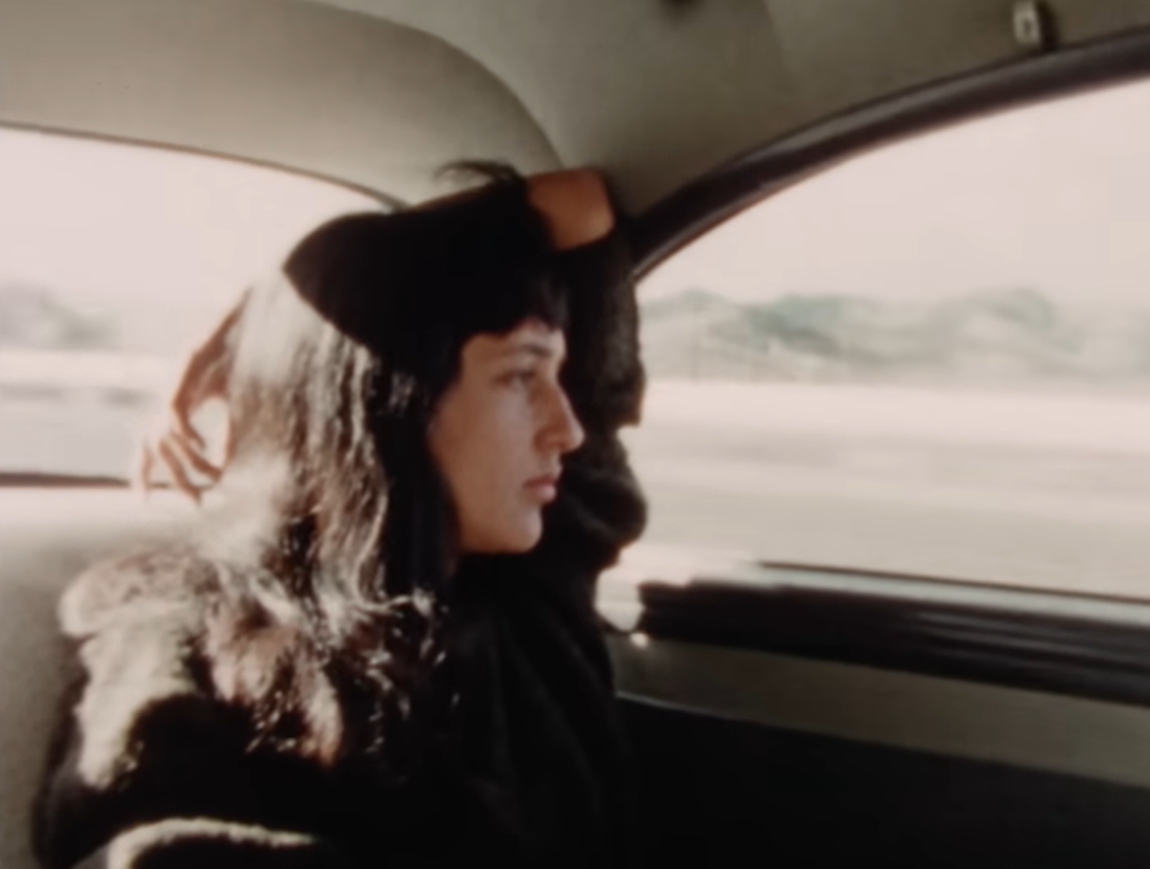 Mead Street Films, Joan Baez- I Am a Noise (2023)
Mead Street Films, Joan Baez- I Am a Noise (2023)
37. She Spoke Out
Back in 1964, Baez had been open about her disagreement about sending soldiers to Vietnam, and she wasn’t quiet about it. She’d encouraged people to stop paying taxes and started the Institute for the Study of Nonviolence. At her concerts, she spoke about the benefits of young men avoiding the draft. Soon, Baez would be traveling to Vietnam herself.
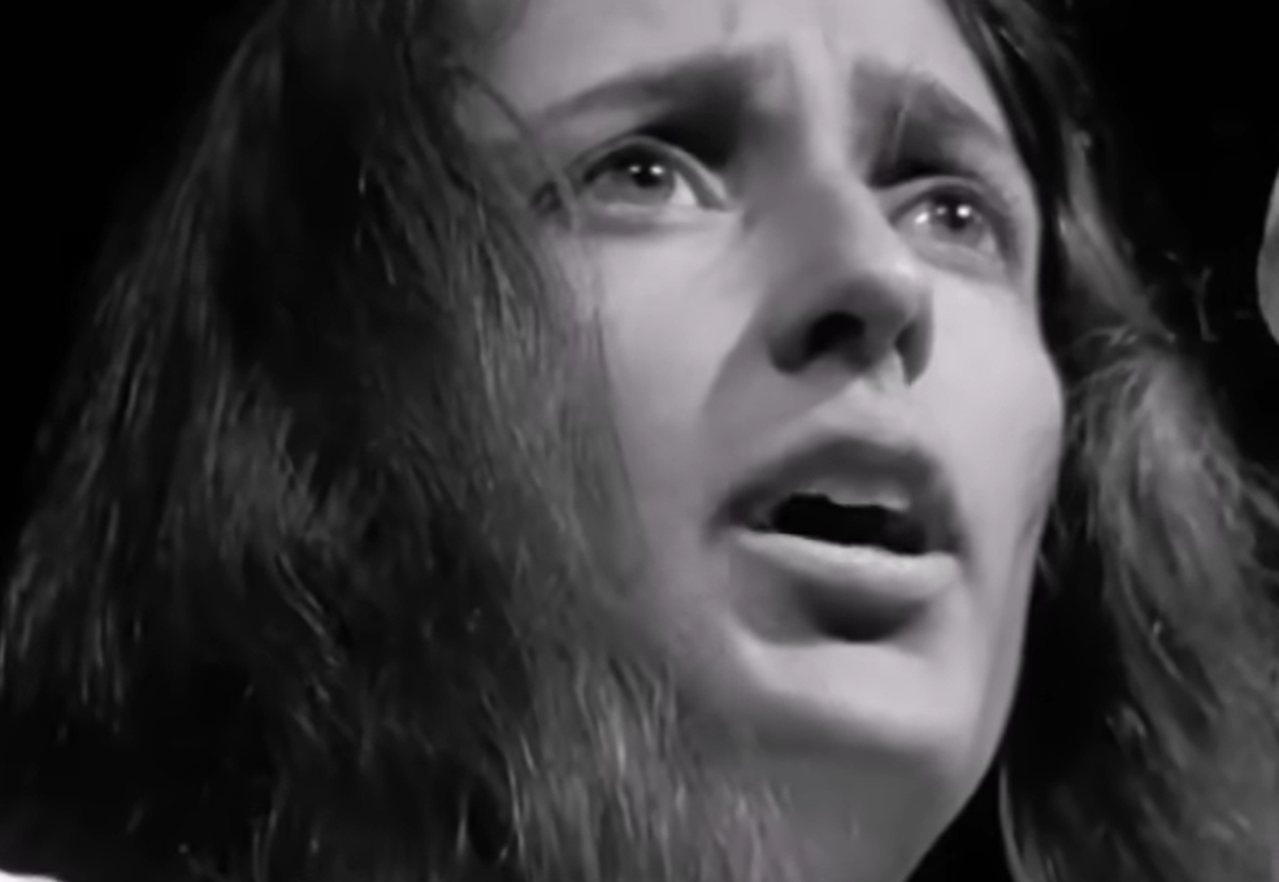 Razor & Tie, How Sweet the Sound (2009)
Razor & Tie, How Sweet the Sound (2009)
38. She Got Involved
In 1972, the Vietnamese Committee for Solidarity with the American People invited her to Vietnam to see first-hand what was happening in the battered country. Baez traveled to Hanoi, Vietnam, and planned to spend Christmas there. This would be a trip she would never forget.
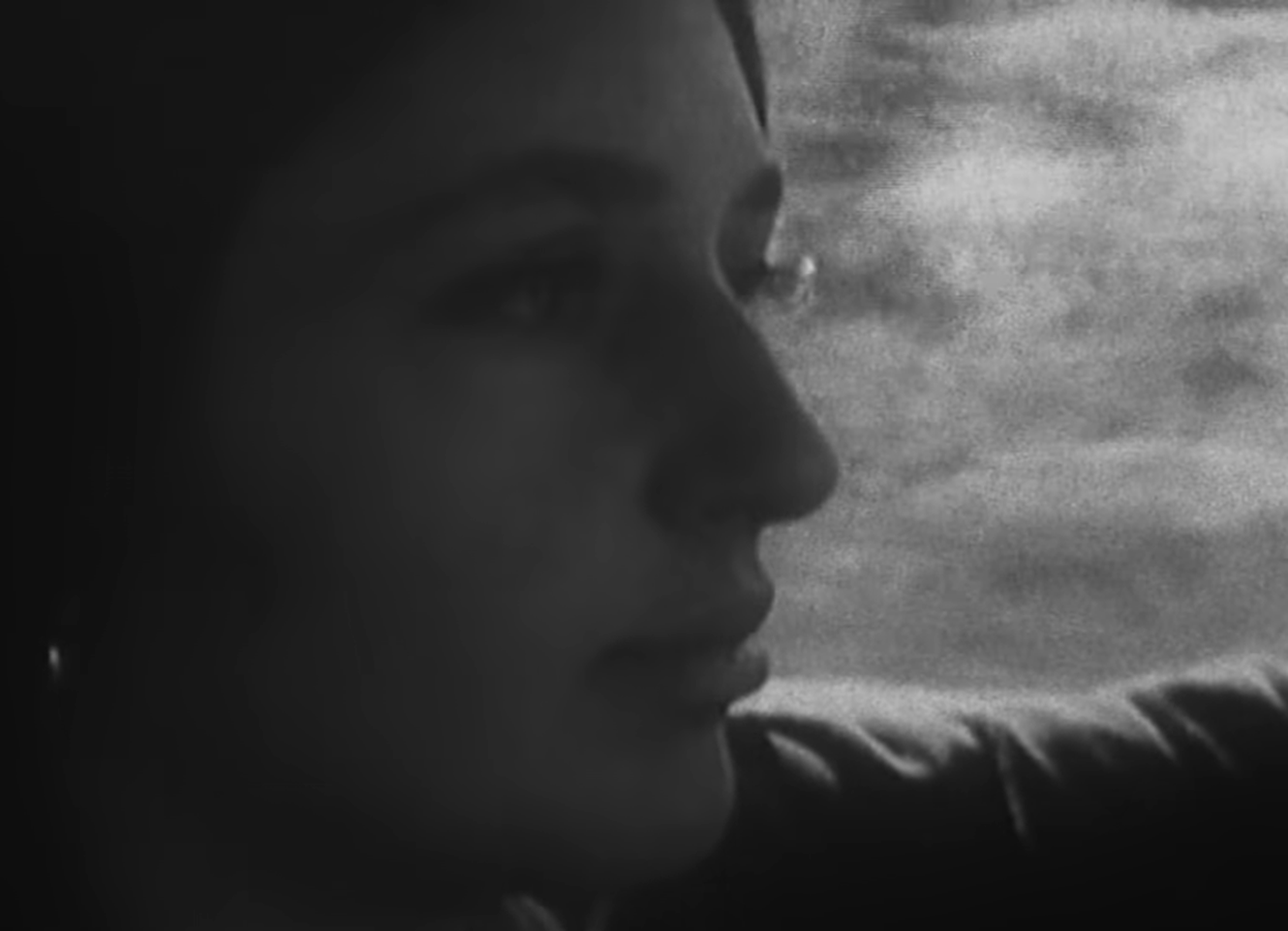 Mead Street Films, Joan Baez- I Am a Noise (2023)
Mead Street Films, Joan Baez- I Am a Noise (2023)
39. She Faced A Scary Interruption
On Christmas Eve in Hanoi, Baez sang the Lord’s Prayer, but then a loud sound interrupted her beautiful voice. The US military had sent Phantom Jets to drop explosives on Hanoi. But it wasn’t just Phantom Jets. They’d also sent B-52s, which can devastate entire areas of a city. The air raid sound was howling over her.
She was at the center of a huge and devastating air raid.
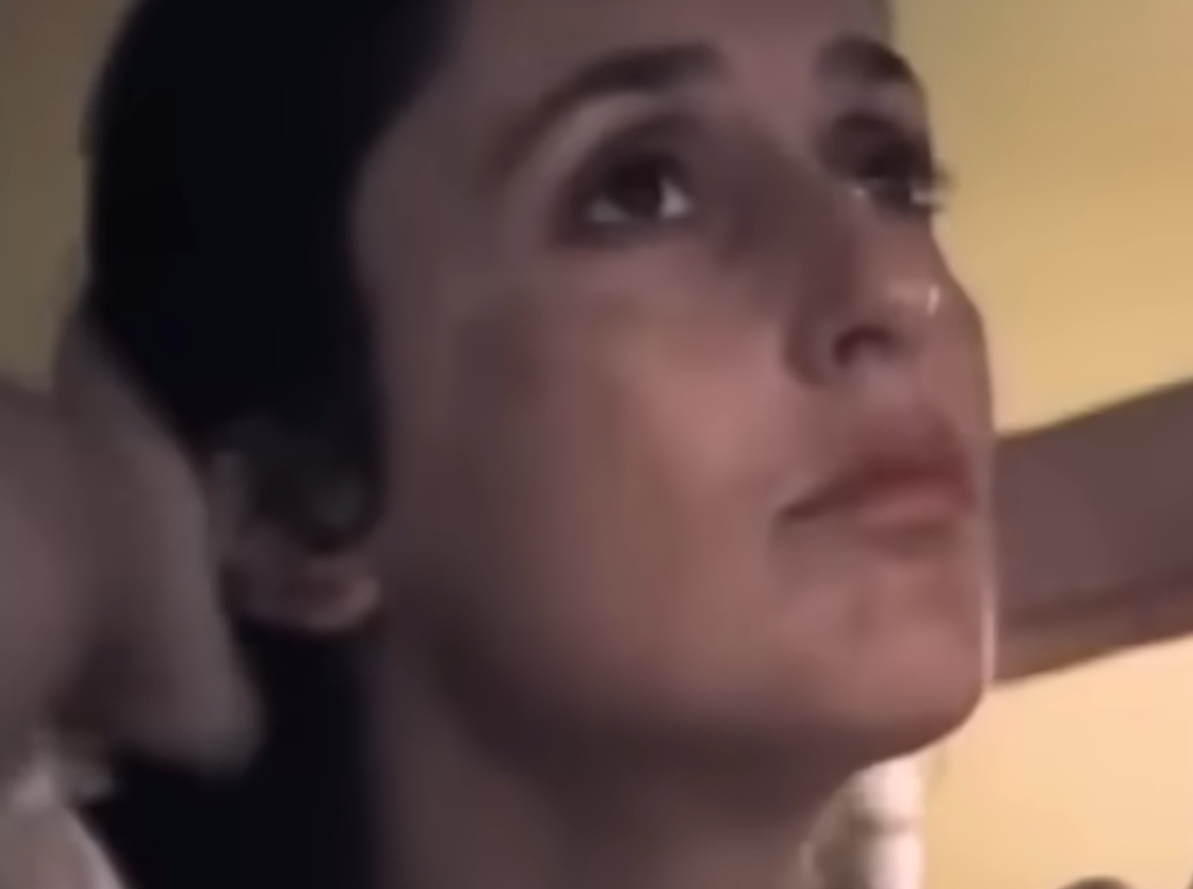 Razor & Tie, How Sweet the Sound (2009)
Razor & Tie, How Sweet the Sound (2009)
40. It Was A Huge Attack
In the end, the Christmas Day attacks were massive. Between December 18 and the 30th, the military dropped 100,000 tons of explosive devices. A US officer said this was “the biggest aerial operation in the history of warfare”. When Baez emerged from her safety area, a horrifying scene awaited her.
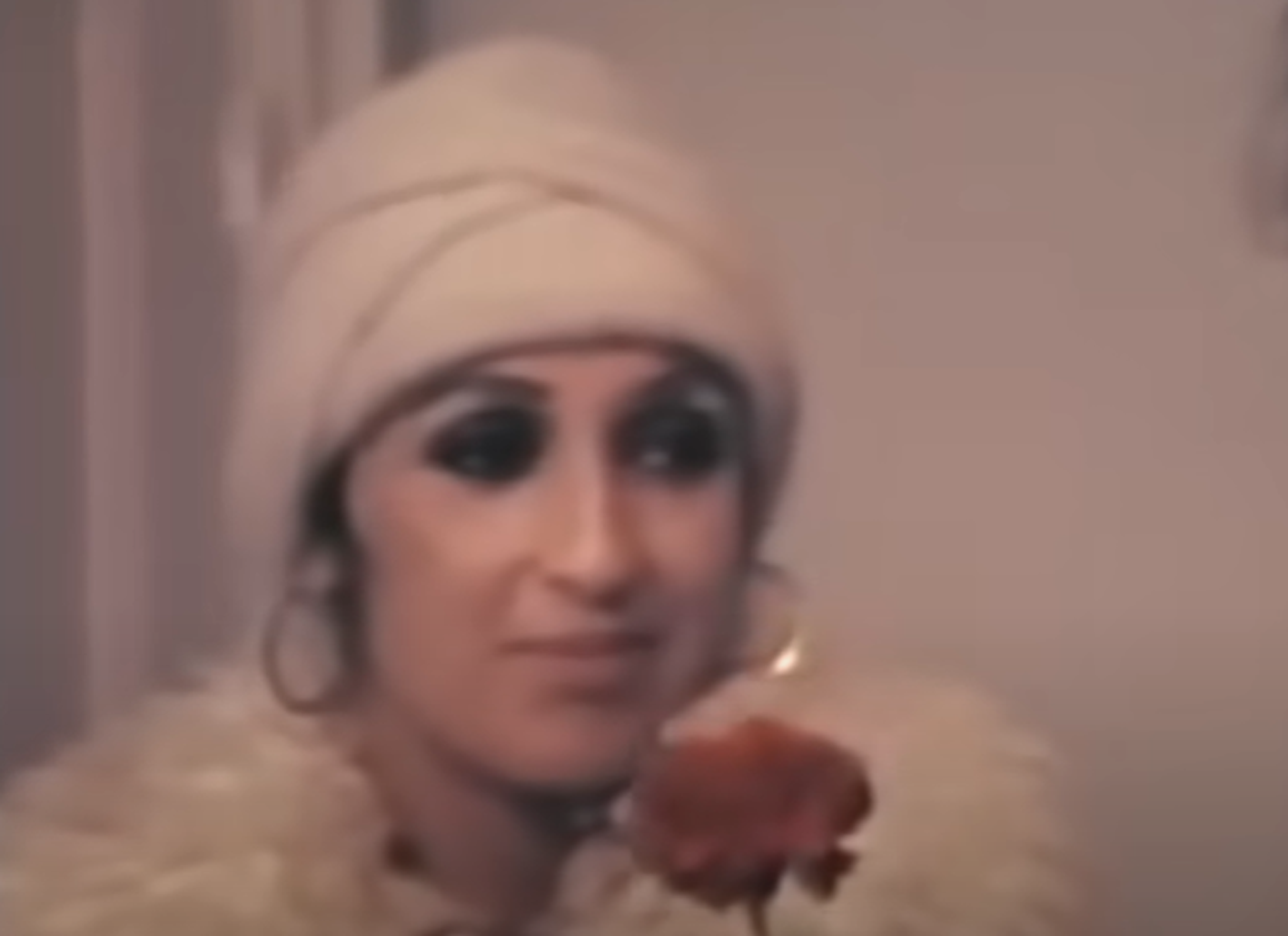 Razor & Tie, How Sweet the Sound (2009)
Razor & Tie, How Sweet the Sound (2009)
41. She Witnessed The Devastation Firsthand
Baez and her fellow peace-loving Americans witnessed the destruction the air strike had caused. They saw destroyed homes and buildings and, of course, they saw firsthand the loss of human life. A stunned Baez was lucky to be alive. She blamed the US military, but she also threw her criticism in another direction.
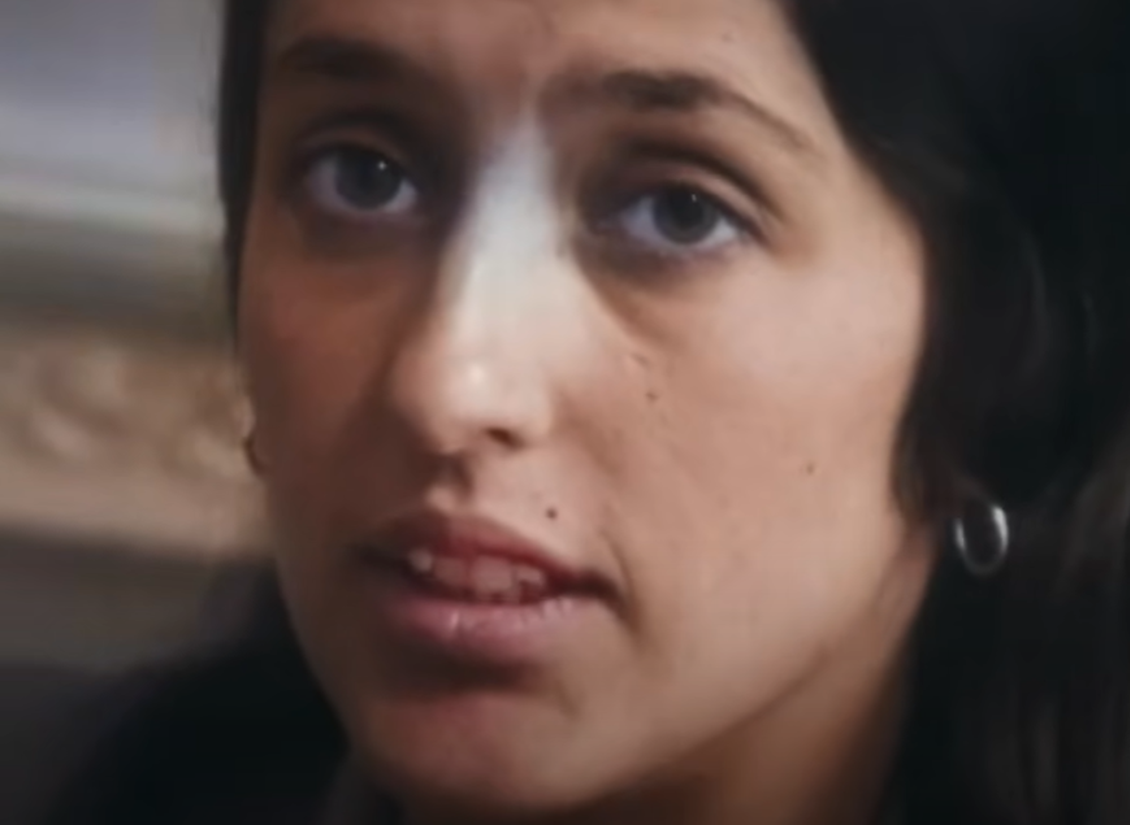 Leacock-Pennebaker, Bob Dylan: Dont Look Back (1967)
Leacock-Pennebaker, Bob Dylan: Dont Look Back (1967)
42. She Criticized Harshly
Later, Baez would publish advertisements in four major US newspapers that criticized Vietnam’s government. Baez’s decision to speak out against the Vietnamese government sent shock waves into the protest community. And one high-profile activist took great offense.
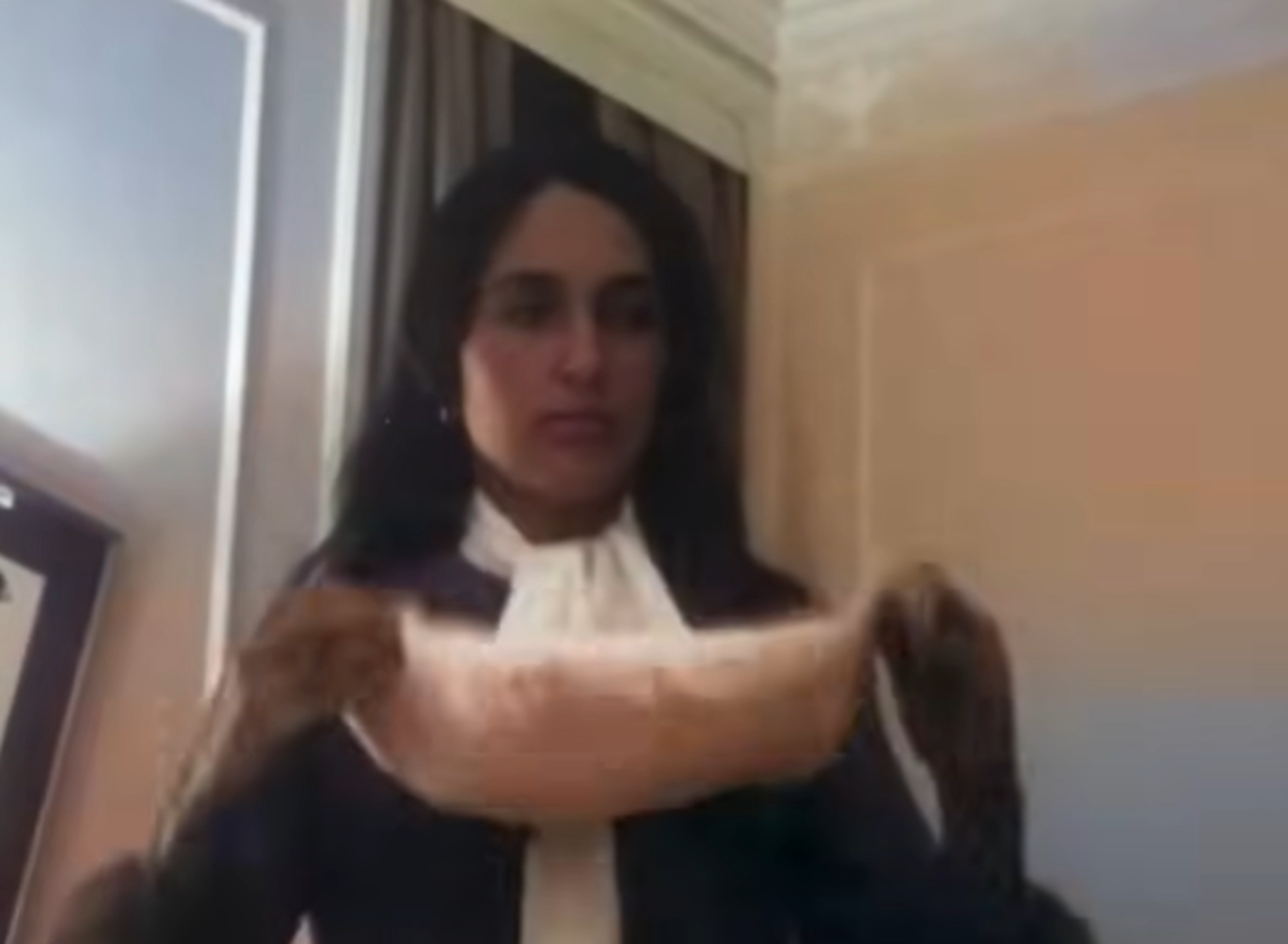 Leacock-Pennebaker, Bob Dylan: Dont Look Back (1967)
Leacock-Pennebaker, Bob Dylan: Dont Look Back (1967)
43. She Angered A Celebrity
Another performer associated with the Vietnam protest movement was Hollywood sensation Jane Fonda. Fonda was not at all on board with Baez’s criticism of the Vietnamese government and was not shy about saying so. A feud started, but what most people didn’t know was that Baez and Fonda had history.
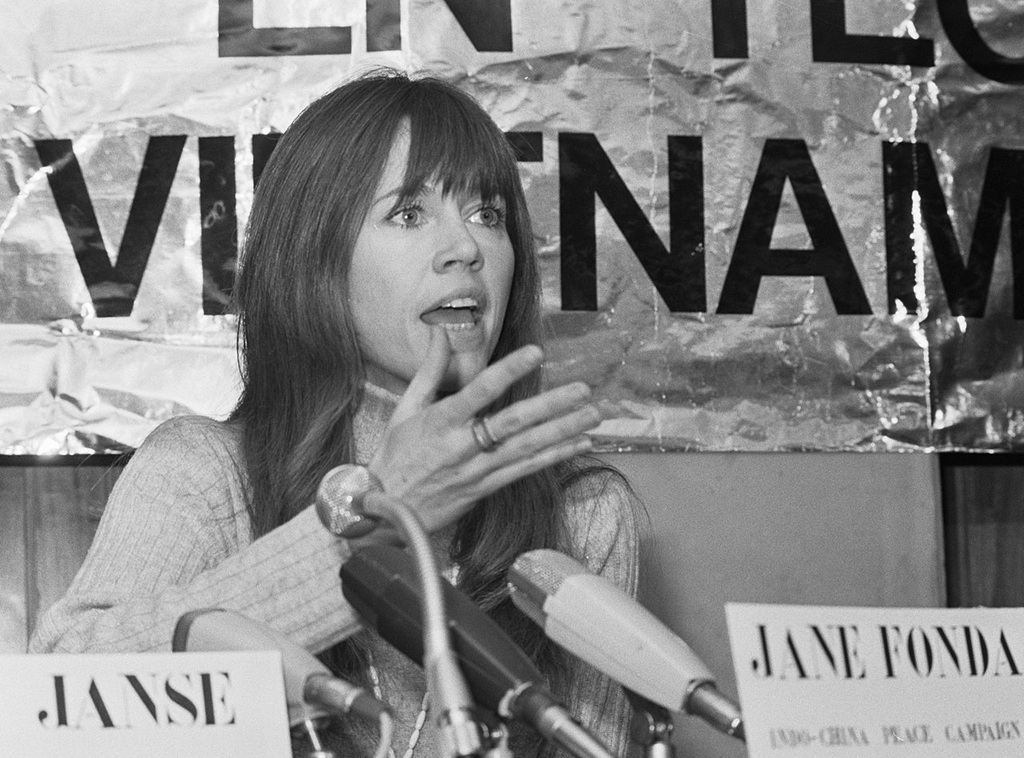 Mieremet, Rob / Anefo, CC BY-SA 3.0 NL, Wikimedia Commons
Mieremet, Rob / Anefo, CC BY-SA 3.0 NL, Wikimedia Commons
44. She Made A Surprise Visit
Back in 1967, Fonda was filming the sci-fi film Barbarella in Rome and living in a castle with her director husband, Roger Vadim. One day, Fonda was in the kitchen making gazpacho, and Baez walked in unannounced. Fonda couldn’t believe her eyes. Baez walked right up to Fonda, took her hands, and told her they were beautiful. From this strange meeting, a friendship was born.
But Fonda wasn’t the only big name to fall for Baez’s charms.
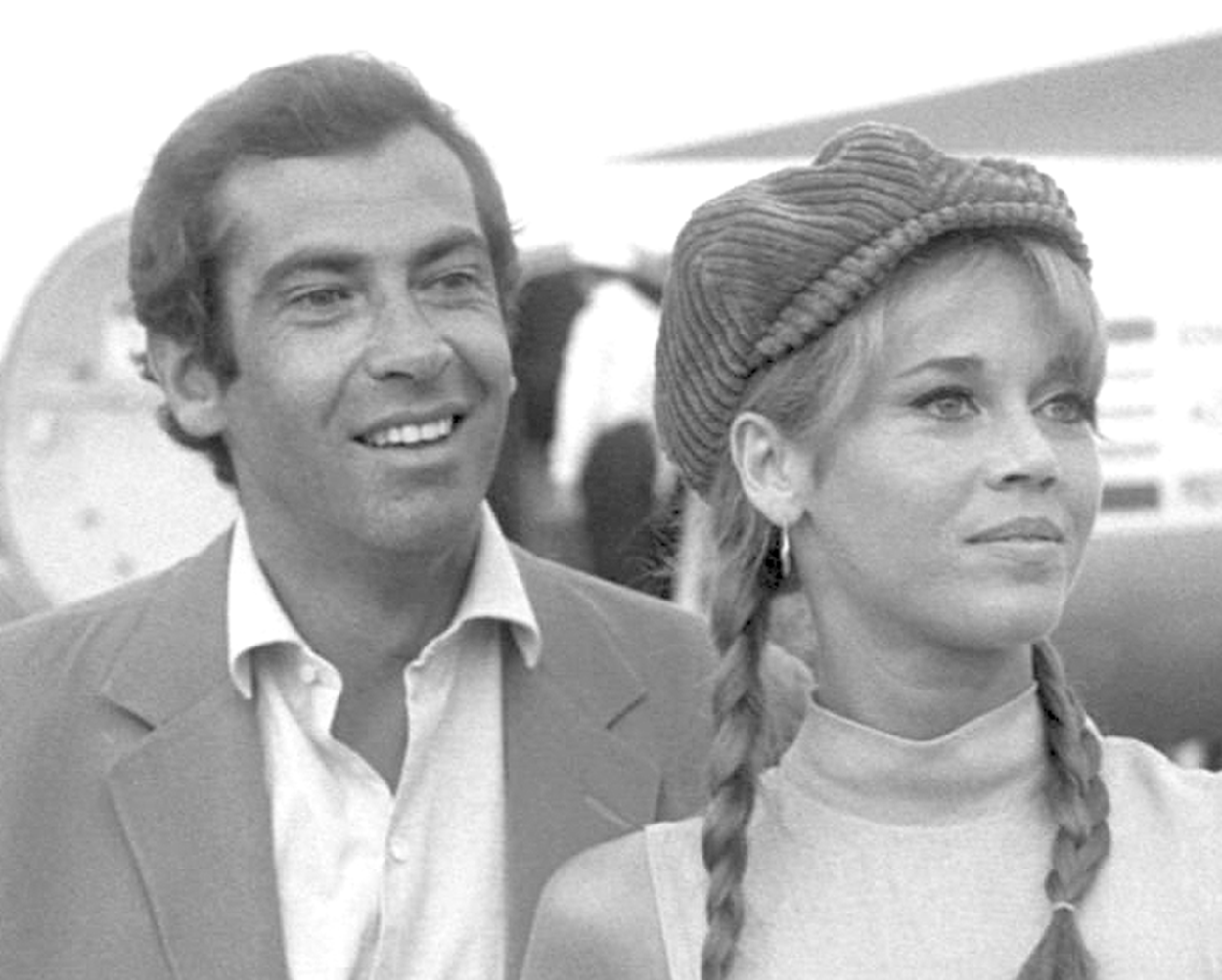 Hulton Archive / Archivio Cameraphoto Epoche via Getty Images, Wikimedia Commons
Hulton Archive / Archivio Cameraphoto Epoche via Getty Images, Wikimedia Commons
45. She Dated A Tech Giant
Sometime in the early 1980s, Baez dated a young man who had an interest in computers. The man was Apple Computer honcho Steve Jobs. Apparently, it was quite serious—at least for Jobs. He contemplated popping the question, but reportedly her age ended up being an issue. Unlike Jobs, Baez wasn't planning on having any more children.
46. She Didn’t Laugh
Because Baez involved herself in such serious issues, some conclude that she has no sense of humor. In 1986, NBC sketch show Saturday Night Live pushed this idea with their mock game show Make Joan Baez Laugh. Nora Dunn portrayed Baez, and yes, she did eventually laugh.
But for the real Baez, politics was no laughing matter.
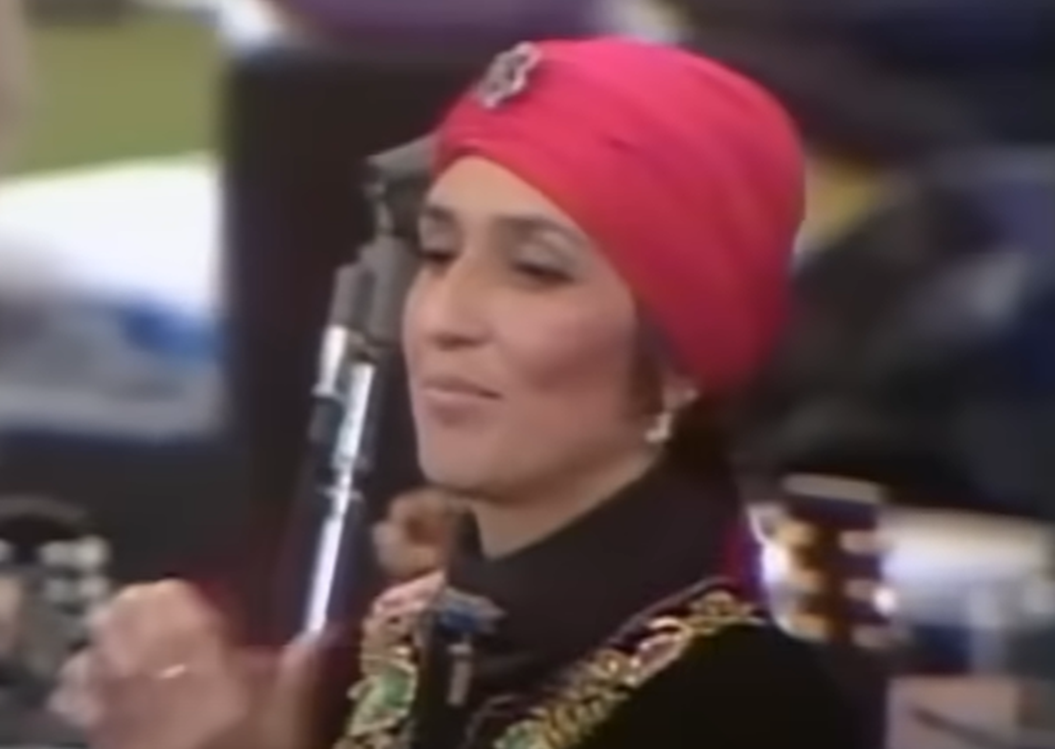 Razor & Tie, How Sweet the Sound (2009)
Razor & Tie, How Sweet the Sound (2009)
47. She Chose Sides
While Baez is intensely political, she always shied away from getting involved with a single political party. That all changed in 2008. She mailed in a letter to the San Francisco Chronicle, wherein she fully endorsed Barack Obama. She later said that he reminded her of Martin Luther King Jr.
Years later, another president would have her taking a party line.
 Center for American Progress Action Fund from Washington, DC, CC BY-SA 2.0, Wikimedia Commons
Center for American Progress Action Fund from Washington, DC, CC BY-SA 2.0, Wikimedia Commons
48. She Called Him Nasty
Baez hadn’t had a new song in 27 years, but she broke that dry spell for a cause she felt passionate about. In April 2017, she released “Nasty Man” on her Facebook page. This song was a protest against US President Donald Trump. That same year, the Rock and Roll Hall of Fame welcomed her in.
And speaking of awards, Baez certainly has her fair share.
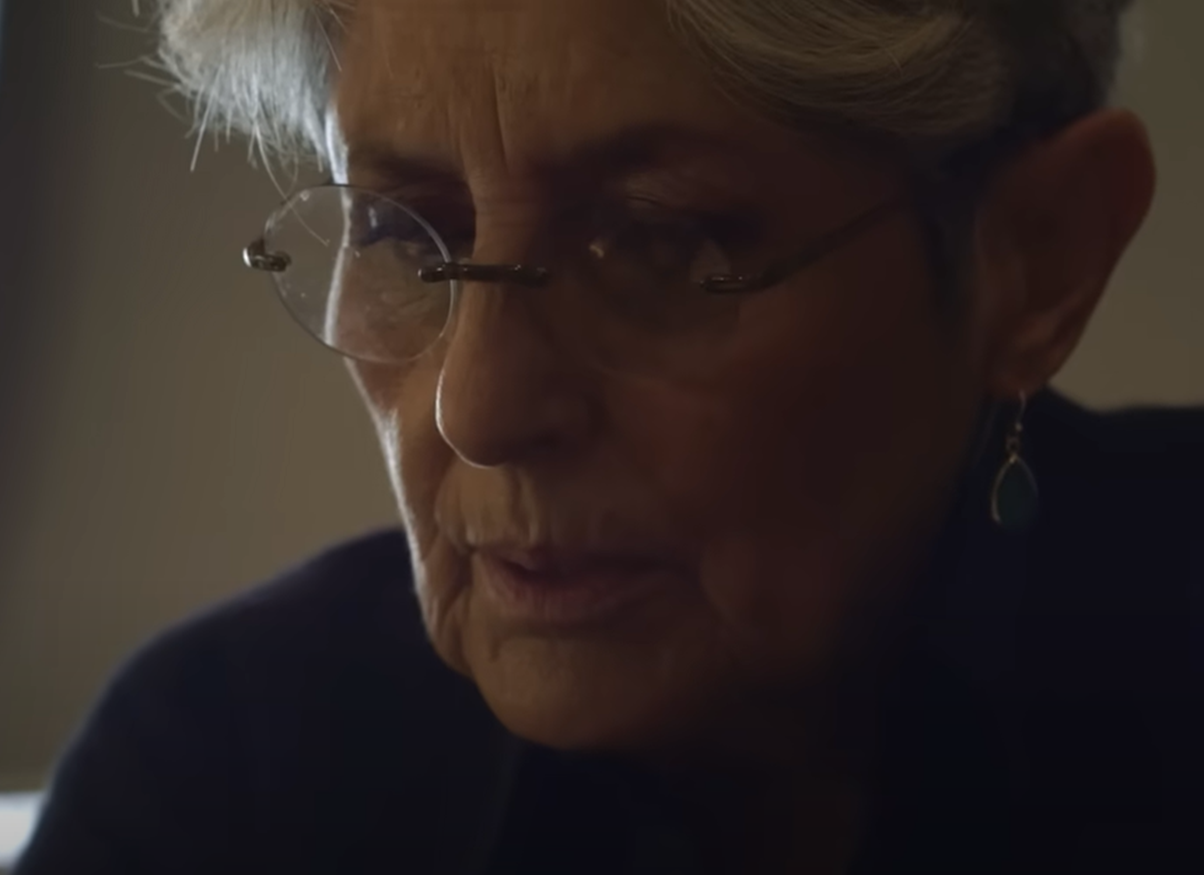 Mead Street Films, Joan Baez- I Am a Noise (2023)
Mead Street Films, Joan Baez- I Am a Noise (2023)
49. The Awards Are Piling Up
Lately, it seems that Baez is busy collecting her accolades. On the list is a Grammy Lifetime Achievement Award and a Spirit of Americana/Free Speech Award. In 2015, Amnesty International gave her a joint award for Ambassador of Conscience. Rolling Stone also got involved and honored her with a ranking of 189th on a list of the 200 Greatest Singers of All Time.
I’d say there’s still more to come from Joan Baez.
You May Also Like:
Tragedy Followed Woody Guthrie Everywhere He Went
Broadway’s Most Heartbreaking Story
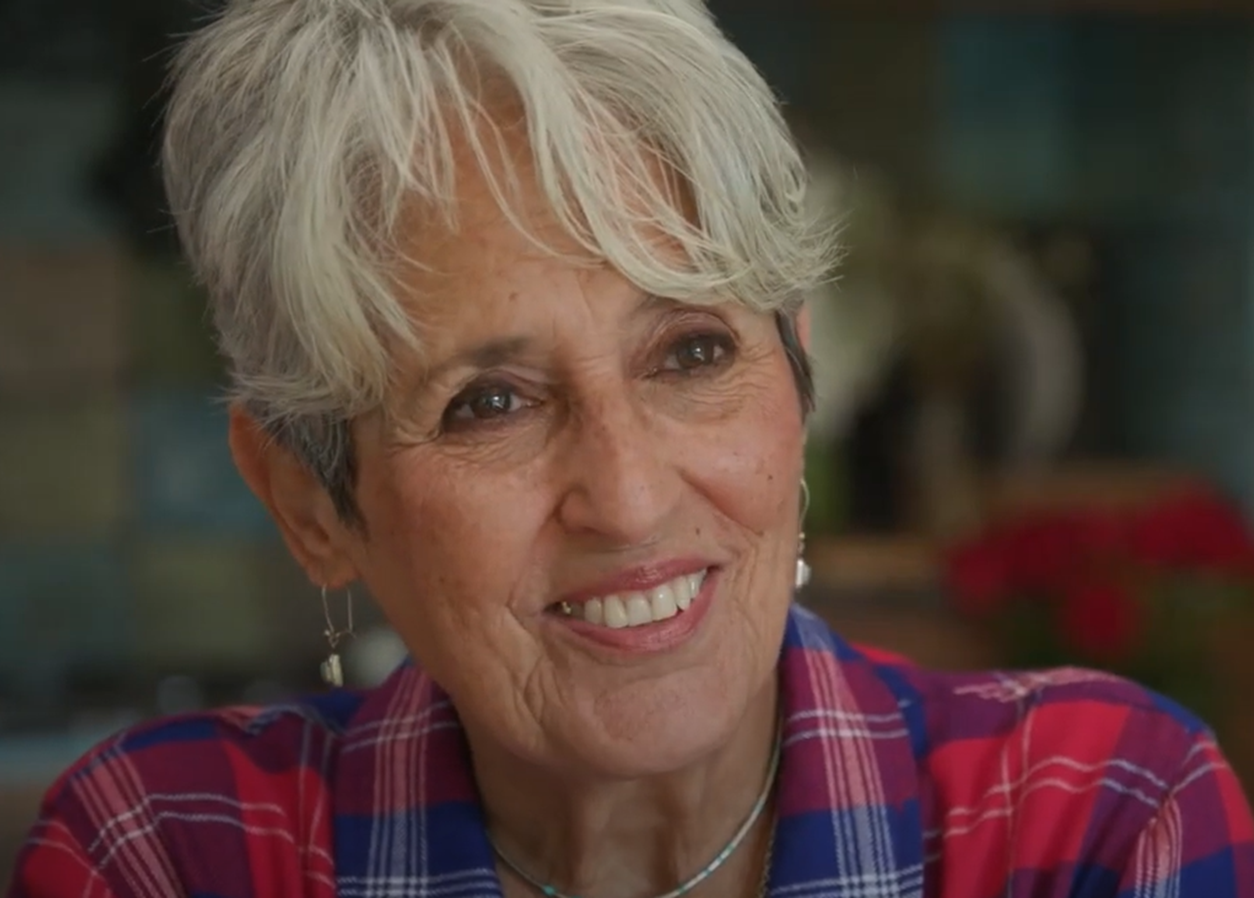 Mead Street Films, Joan Baez- I Am a Noise (2023)
Mead Street Films, Joan Baez- I Am a Noise (2023)

